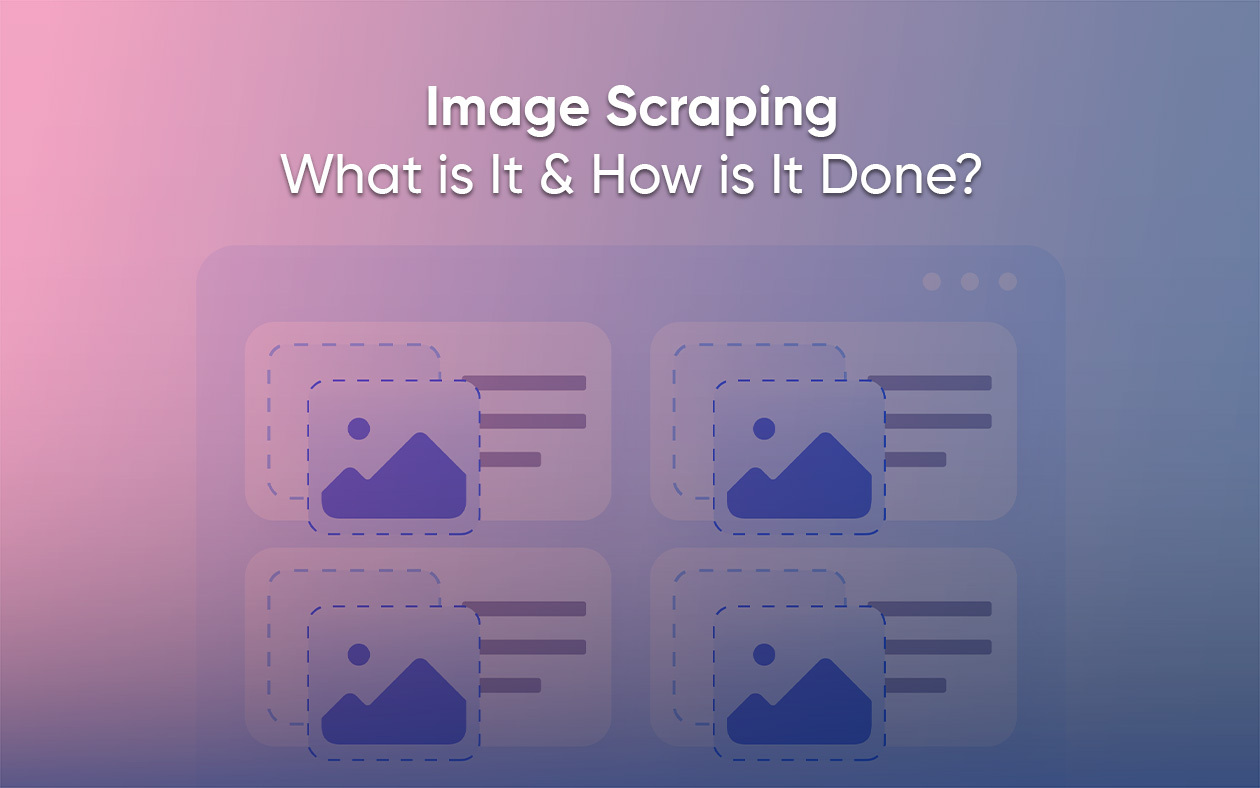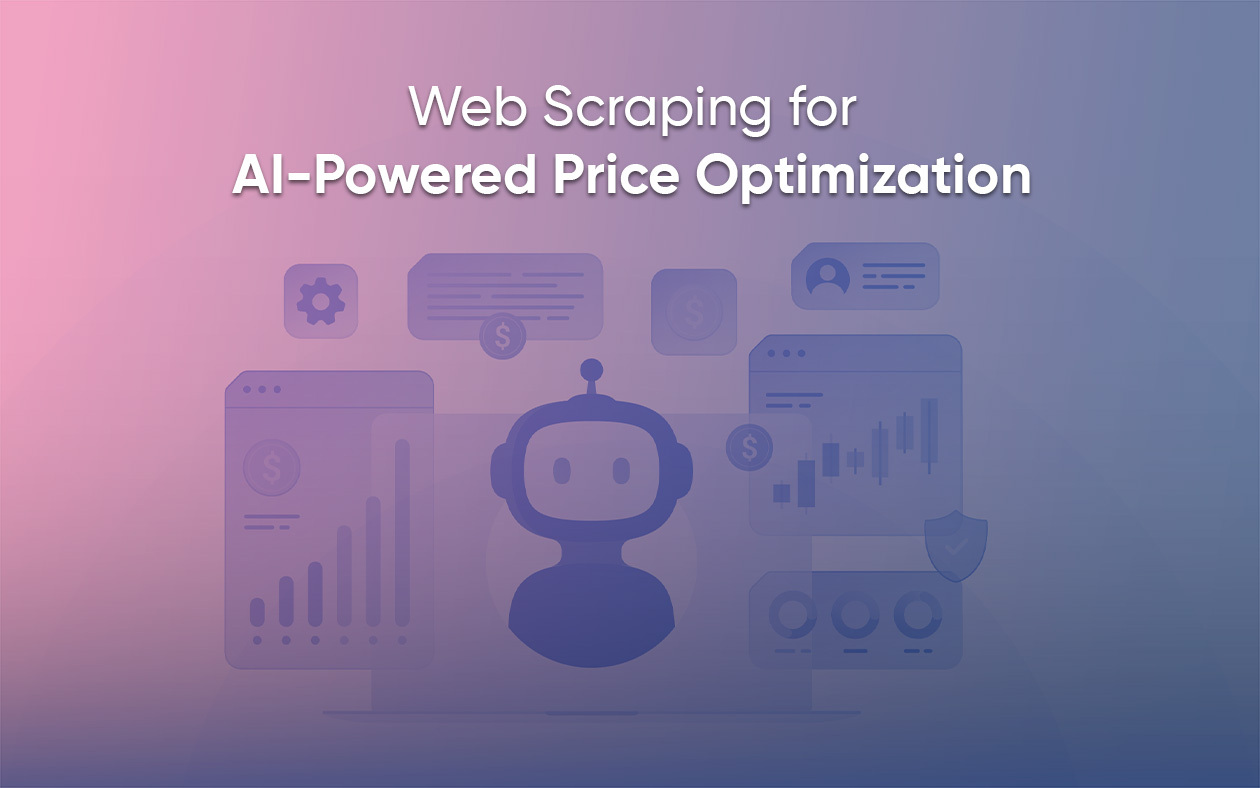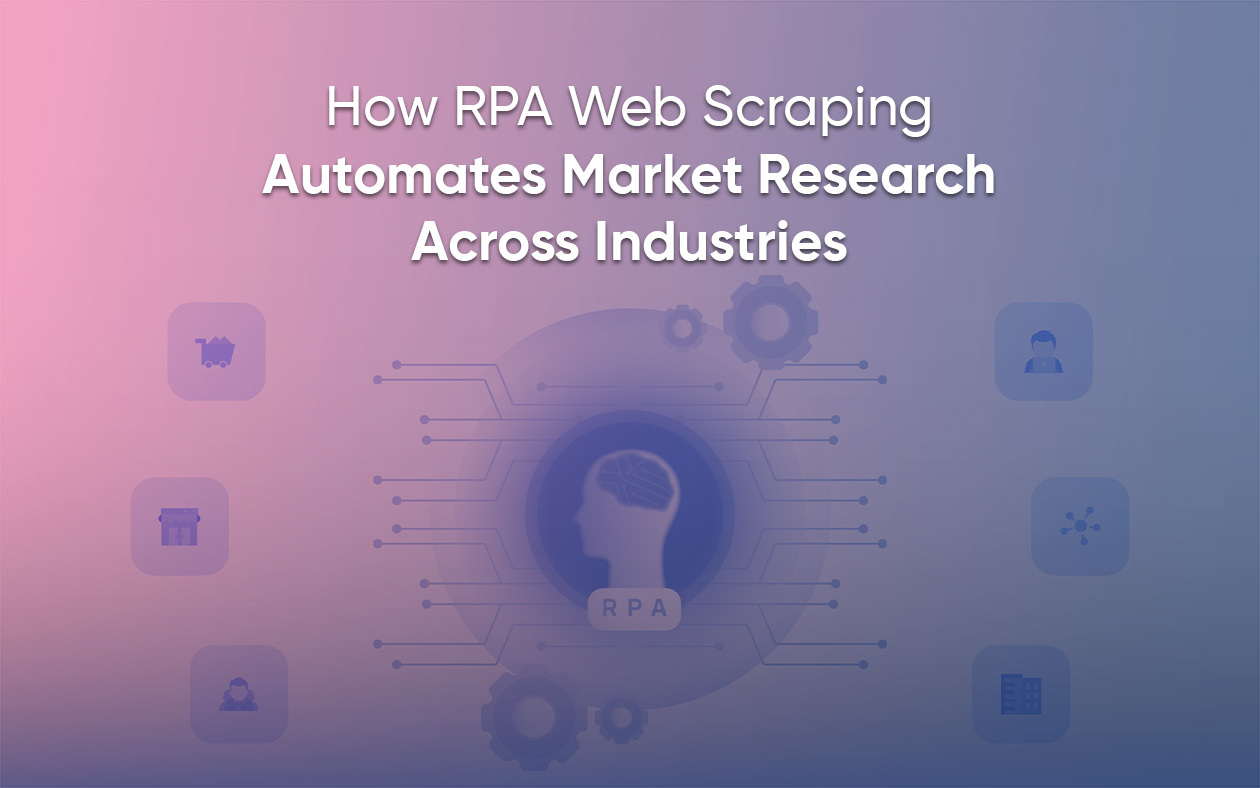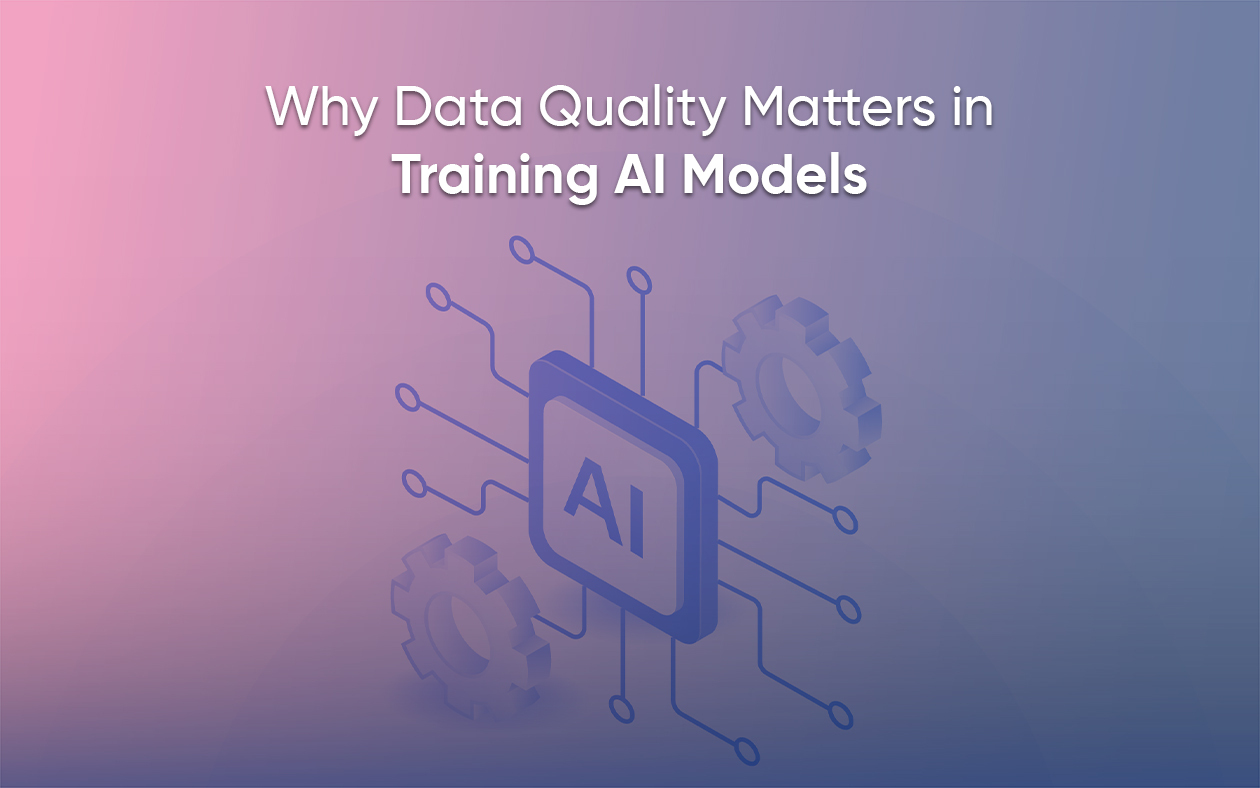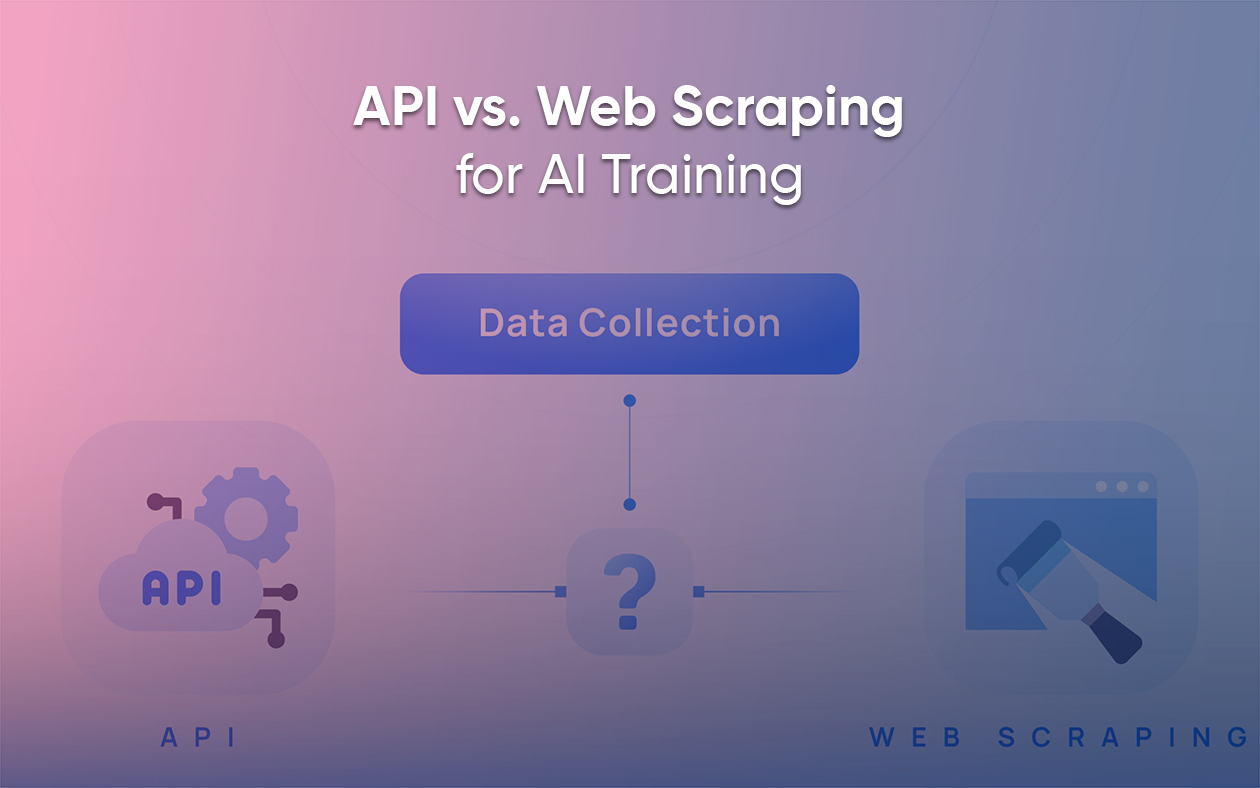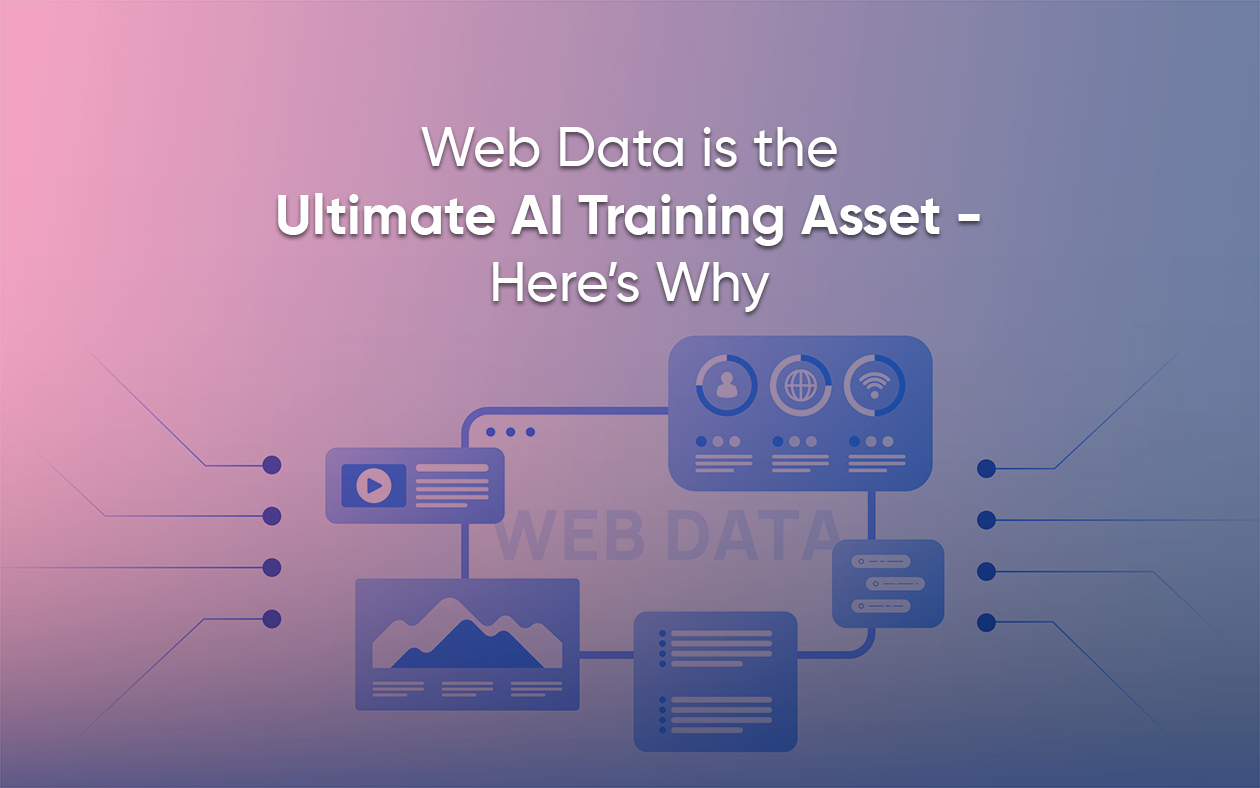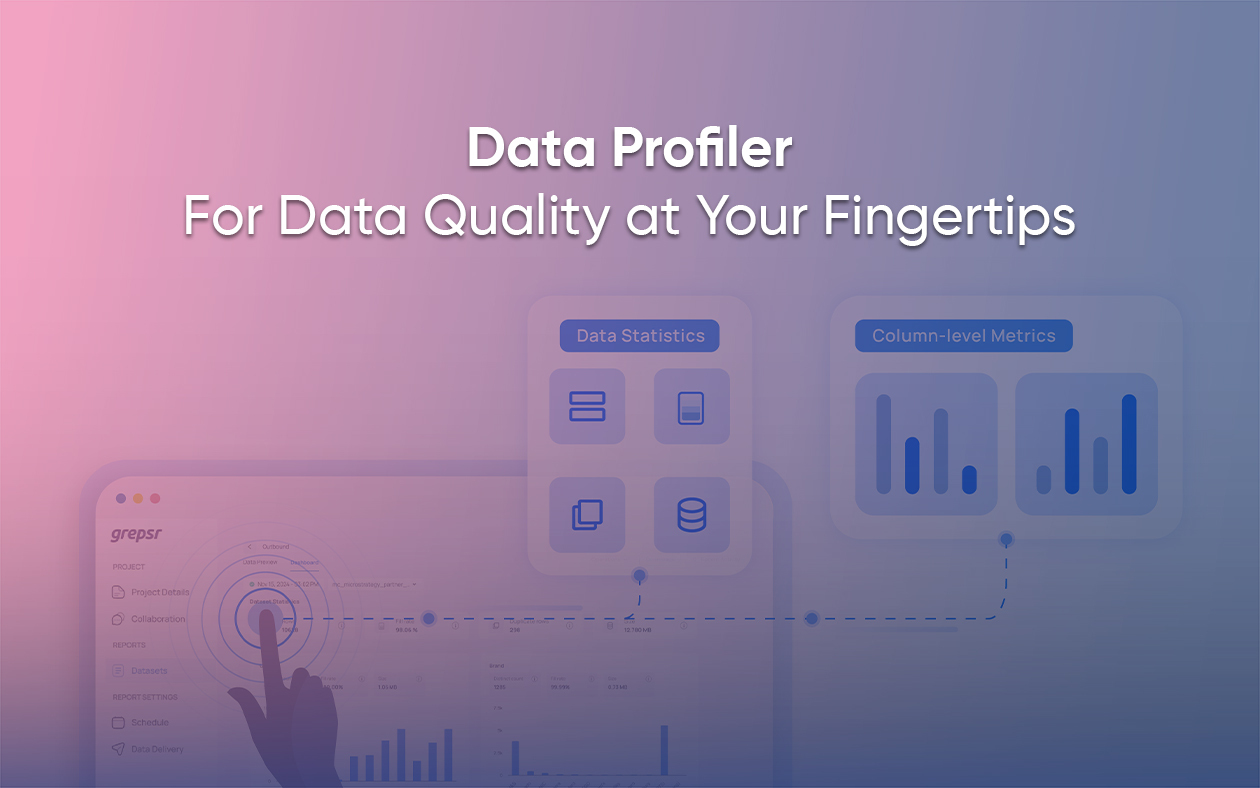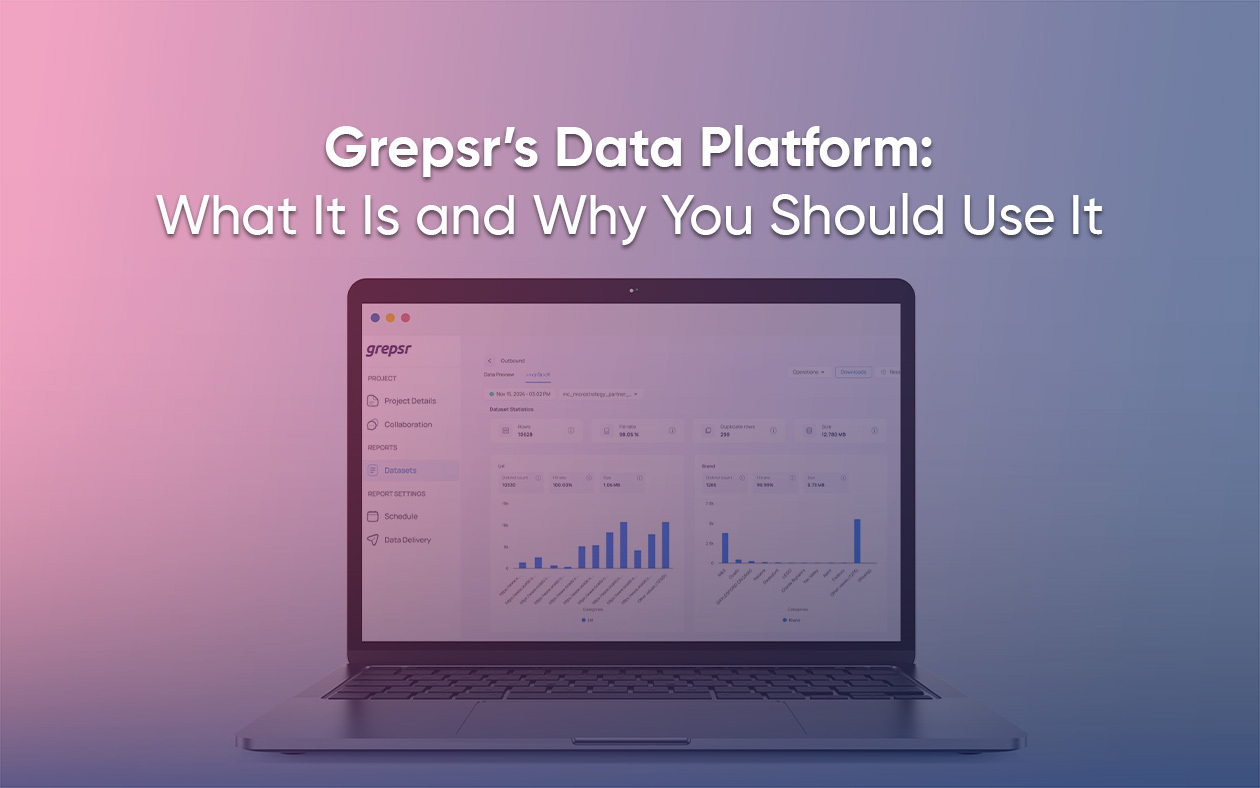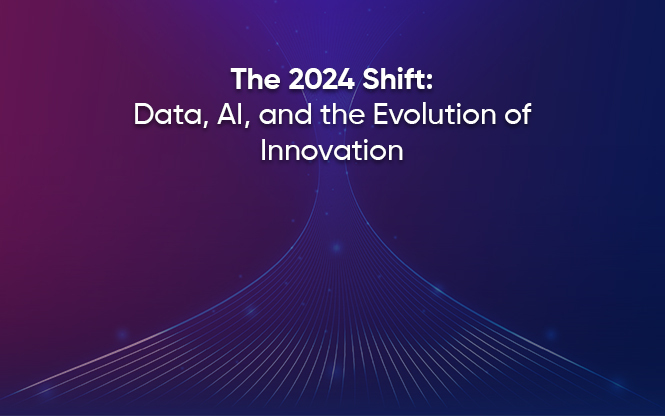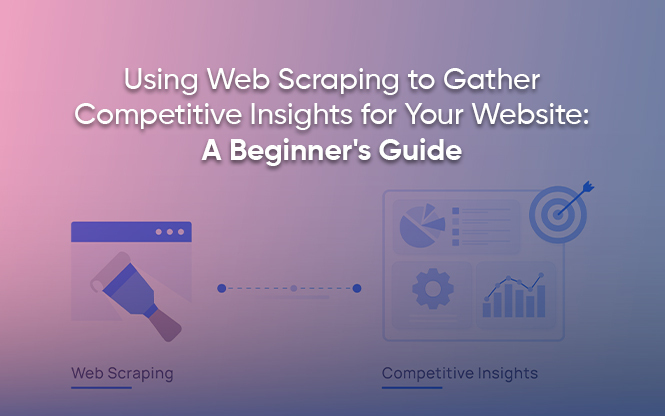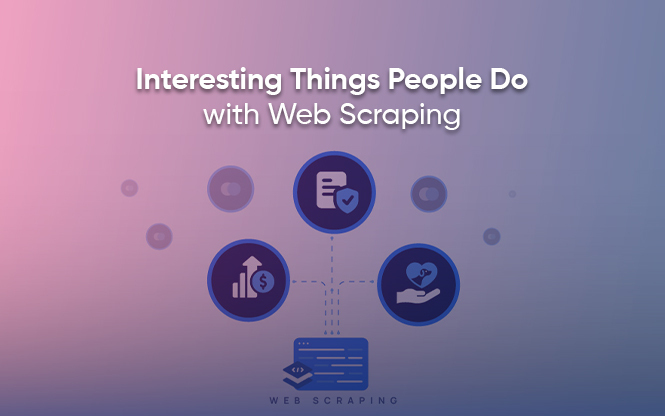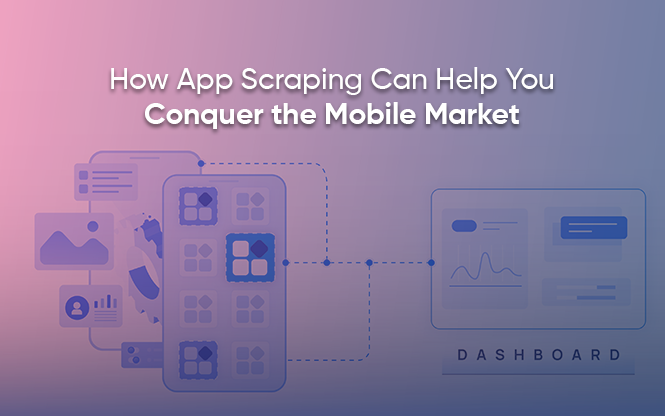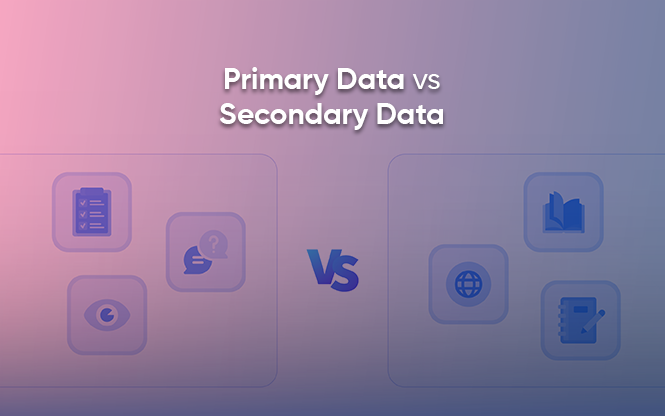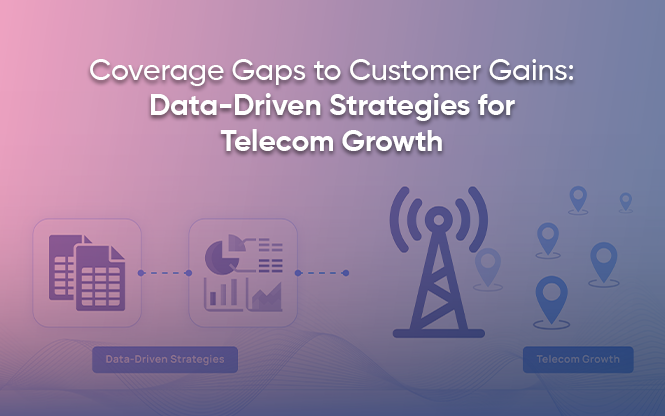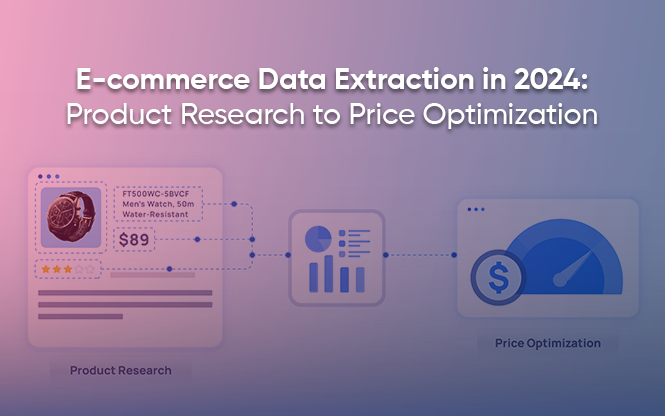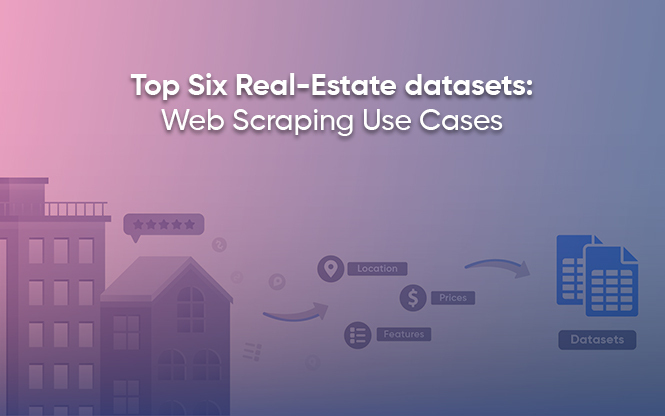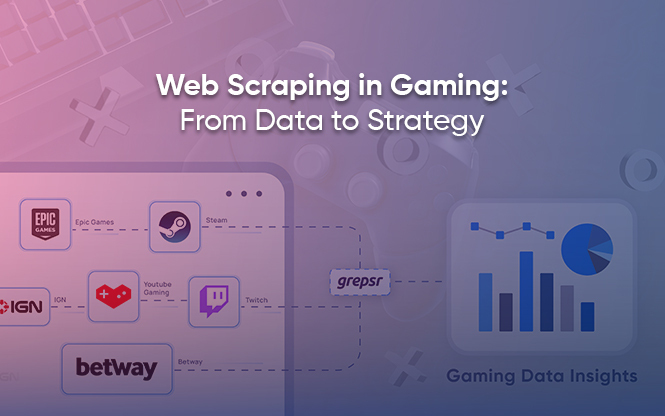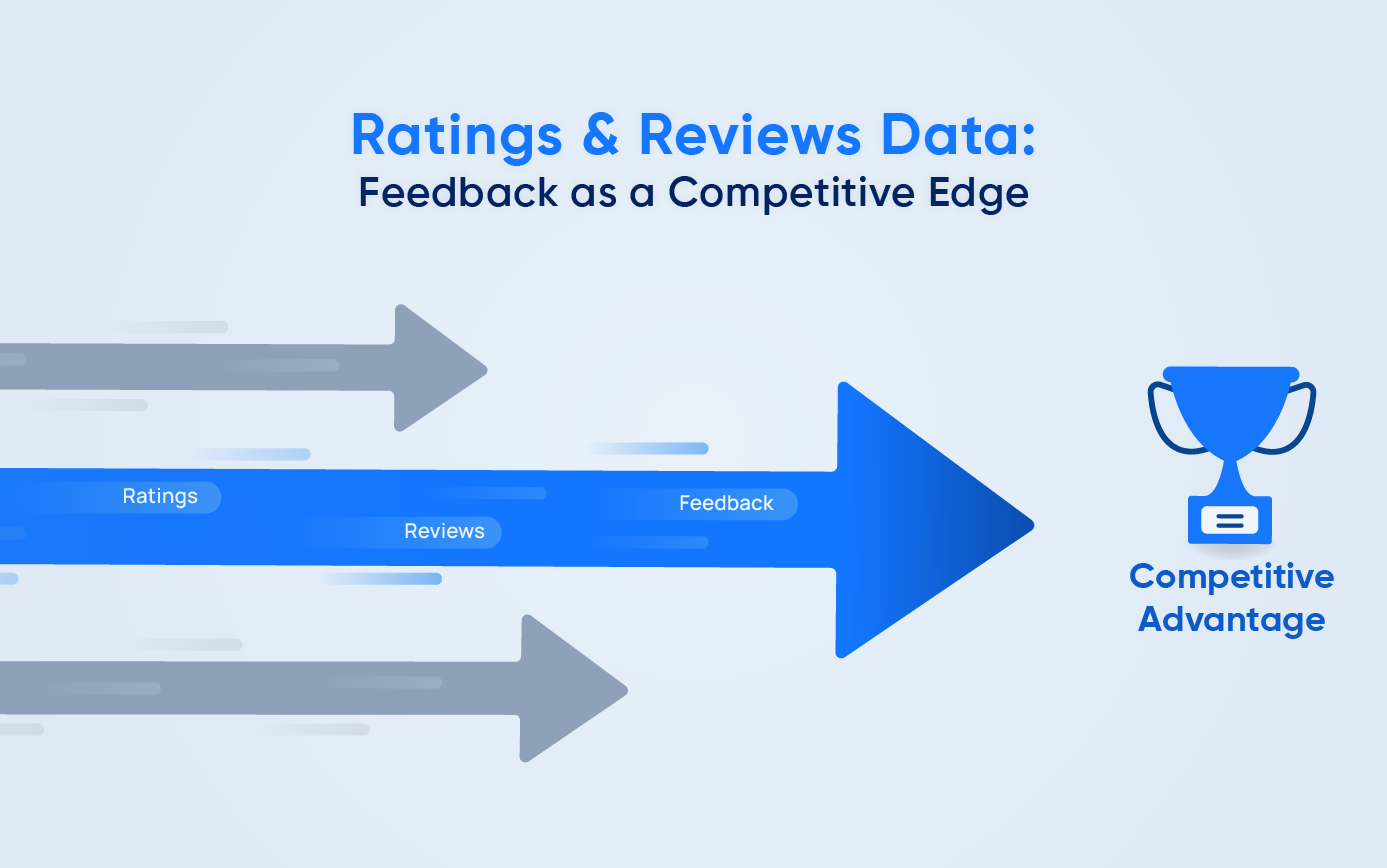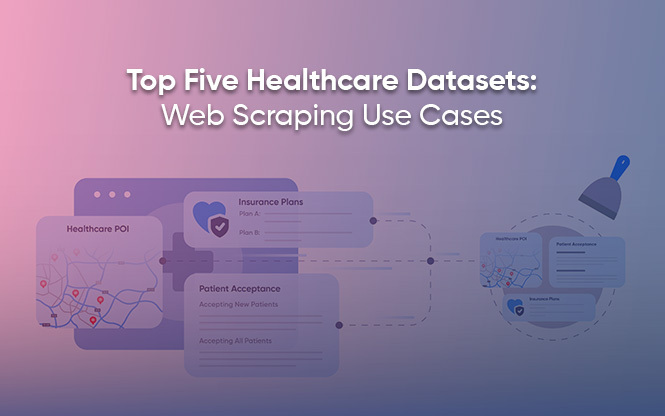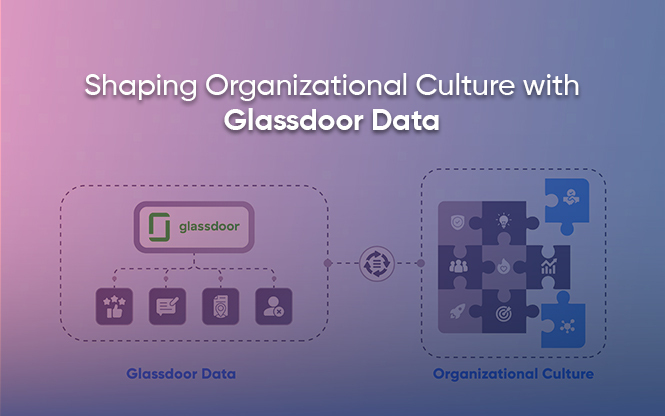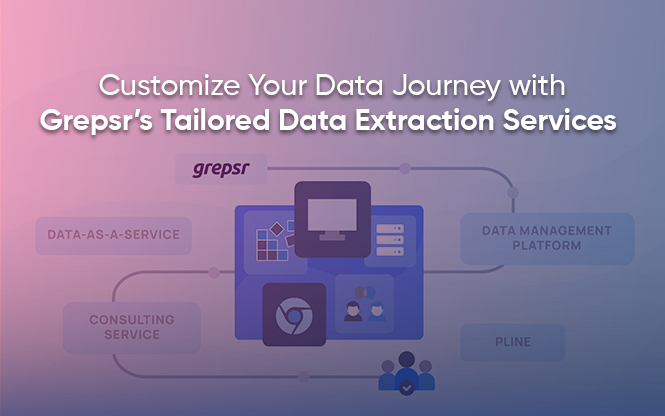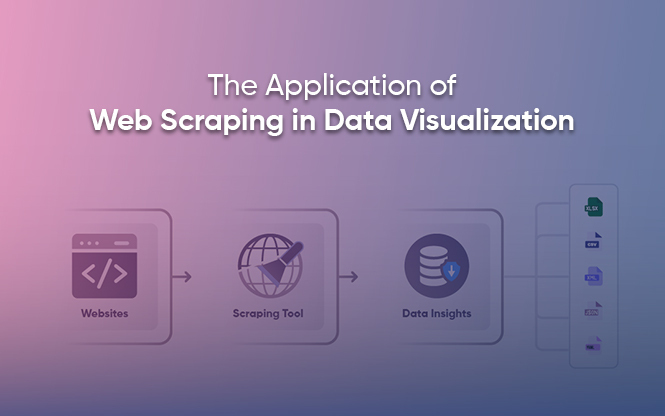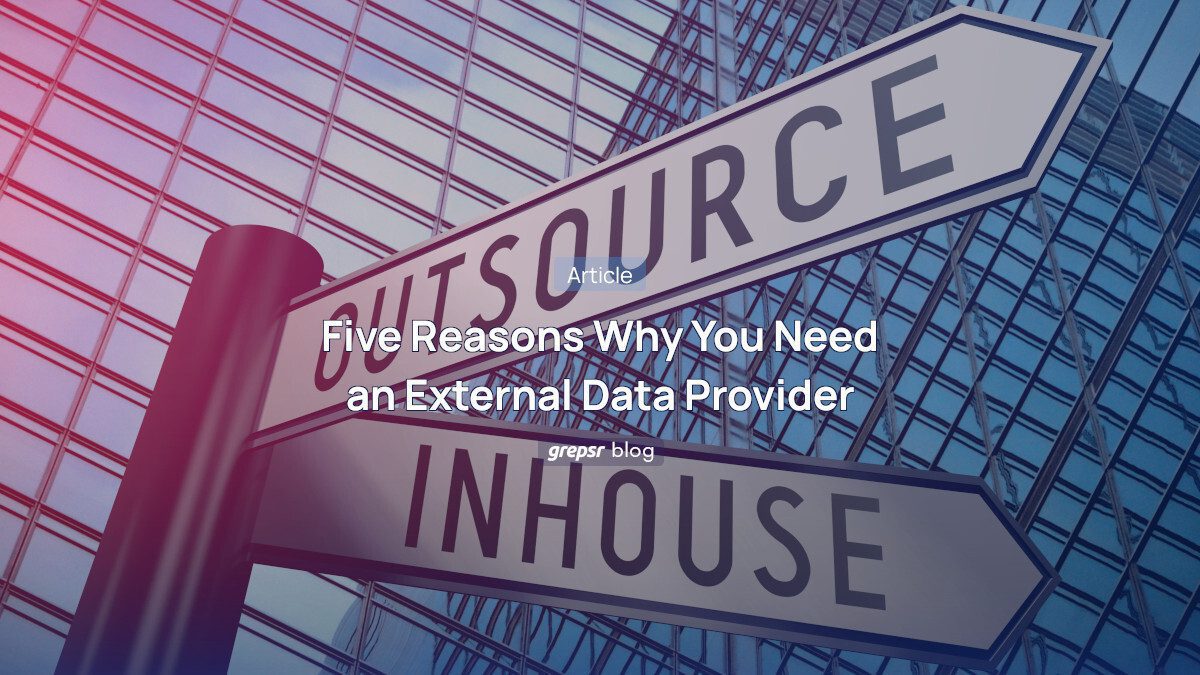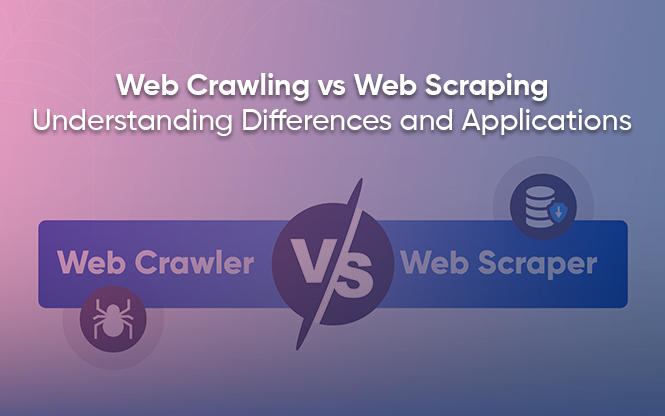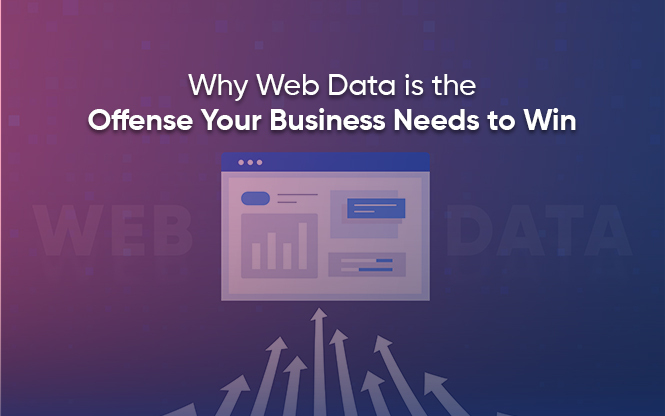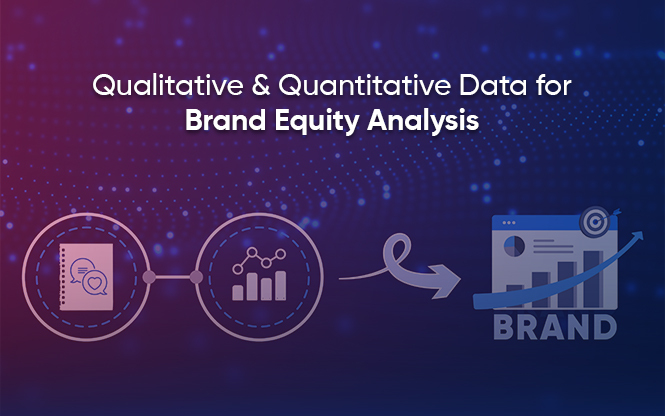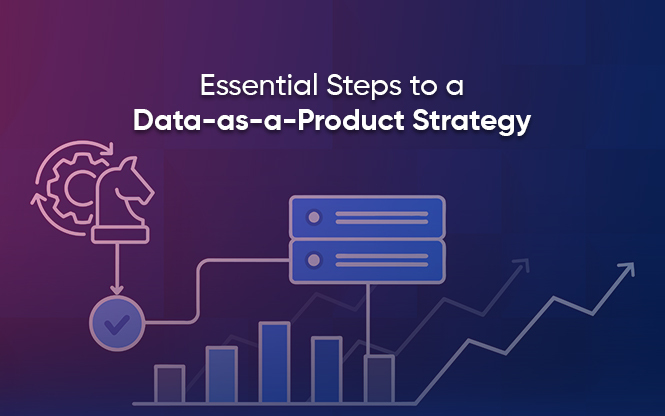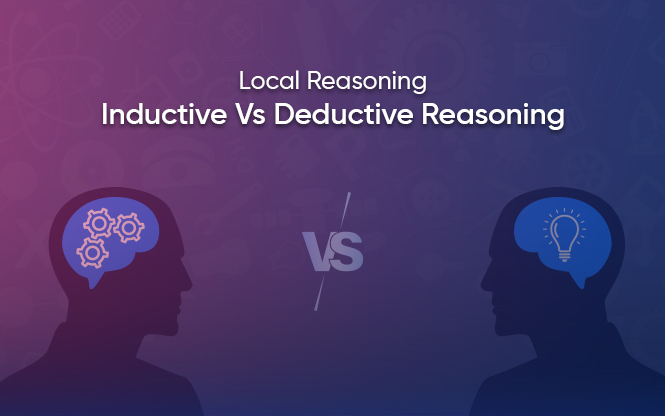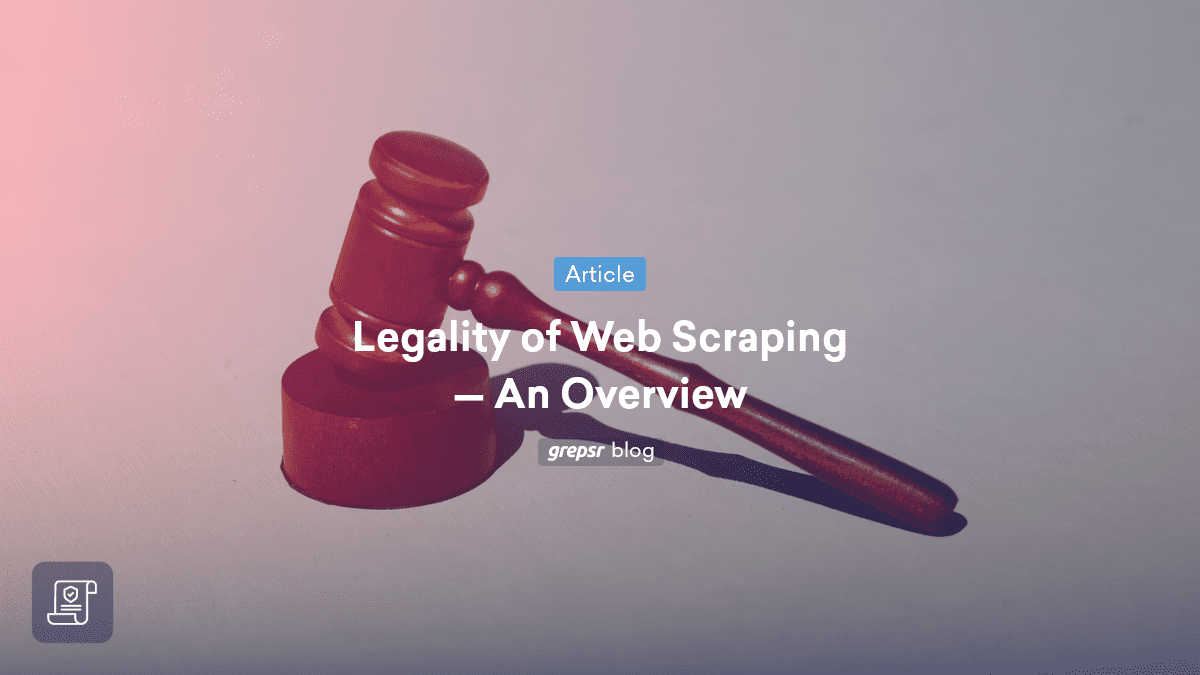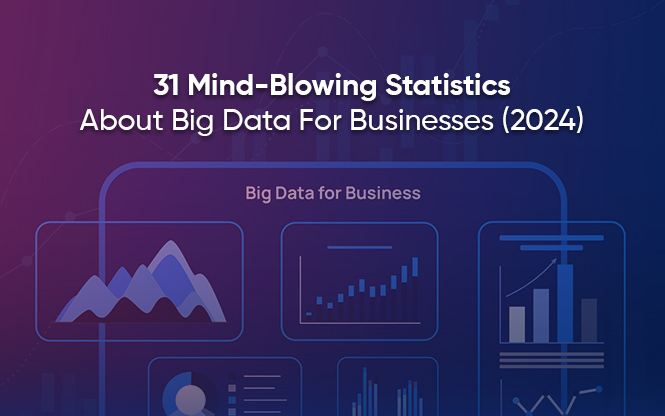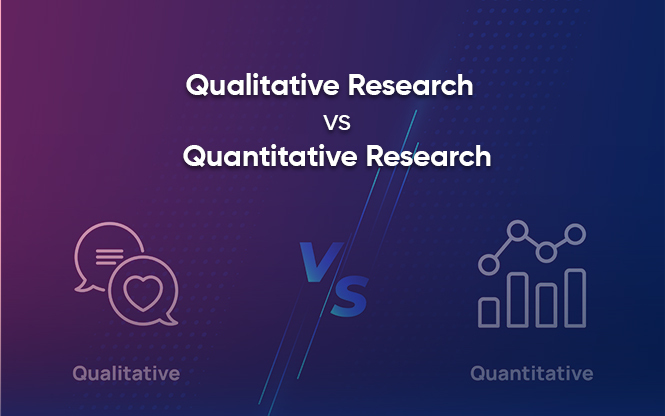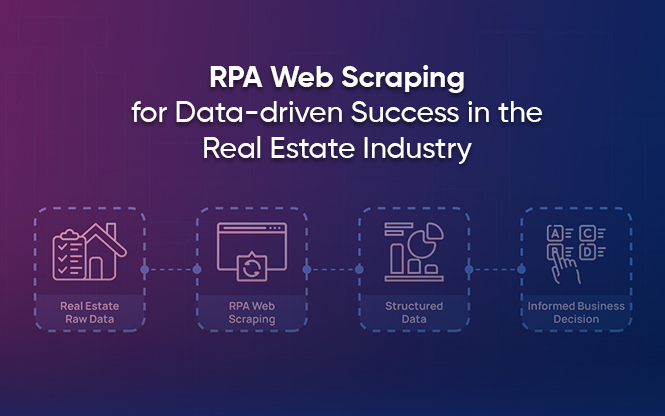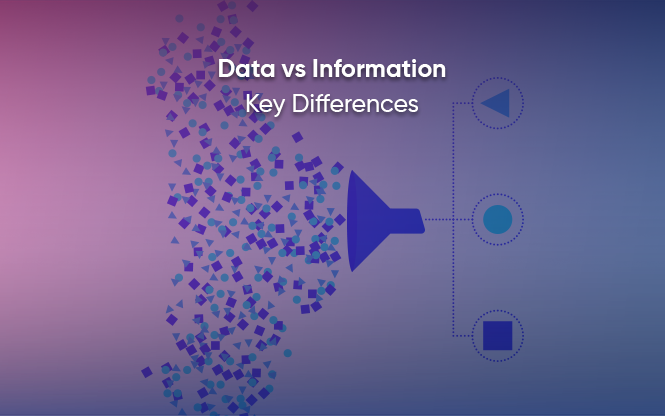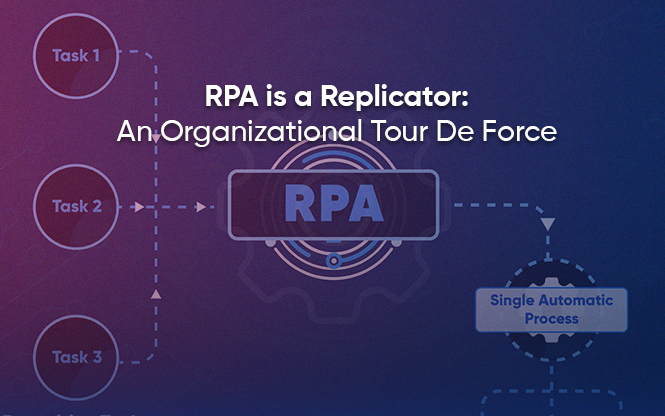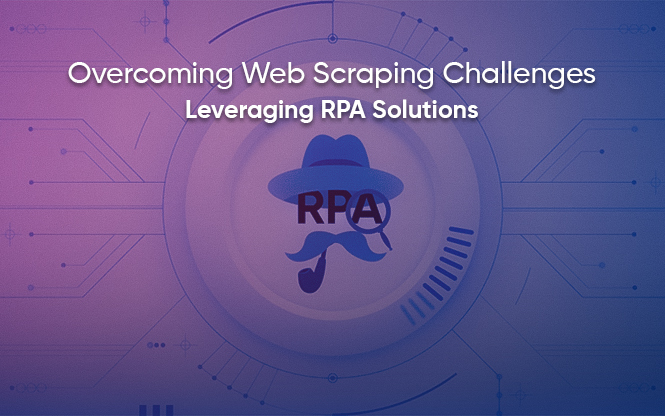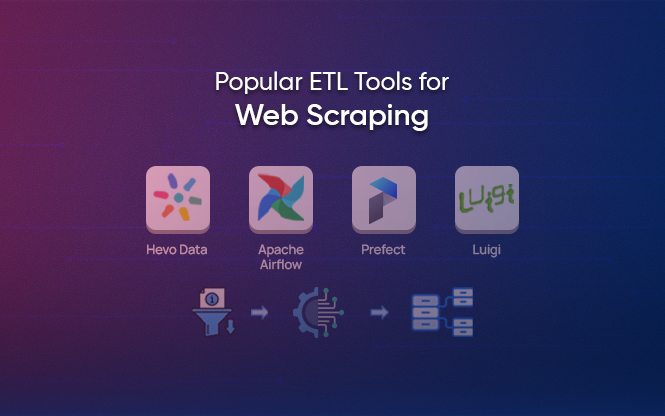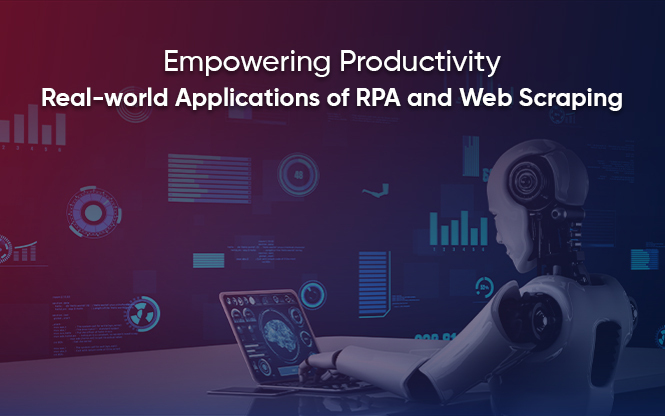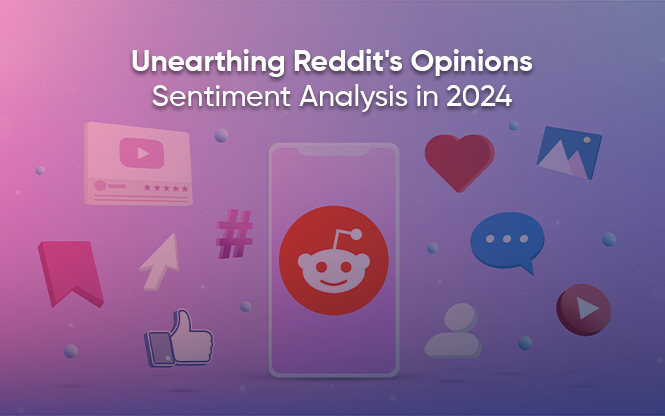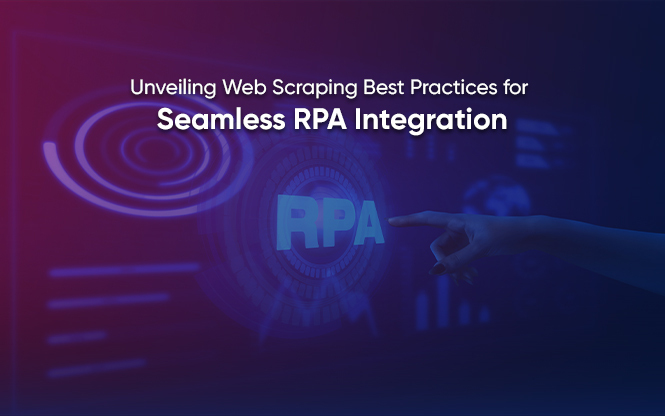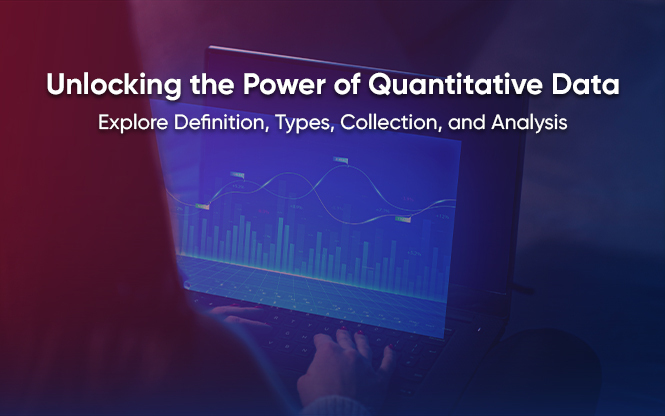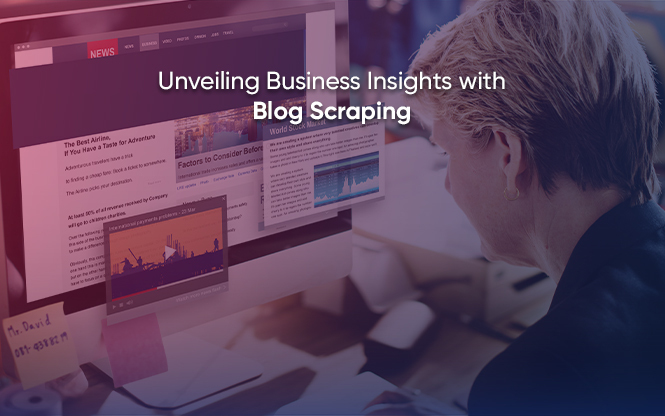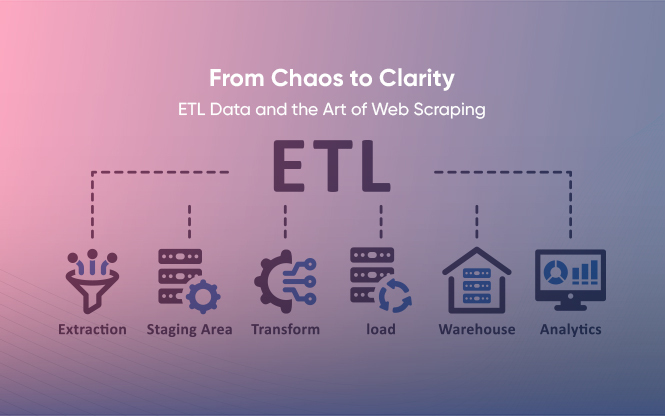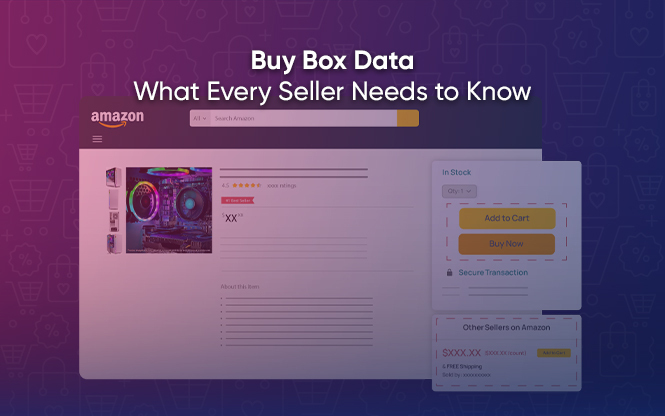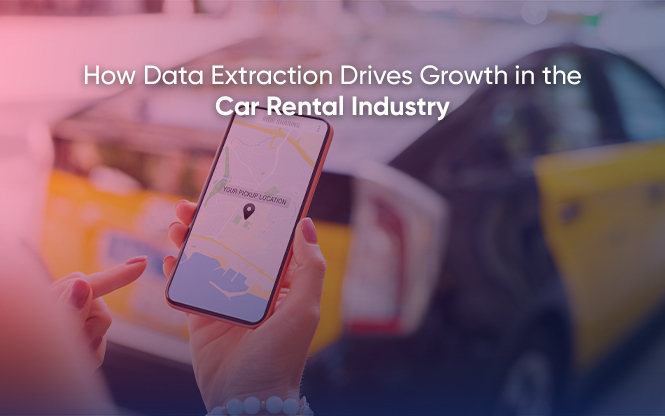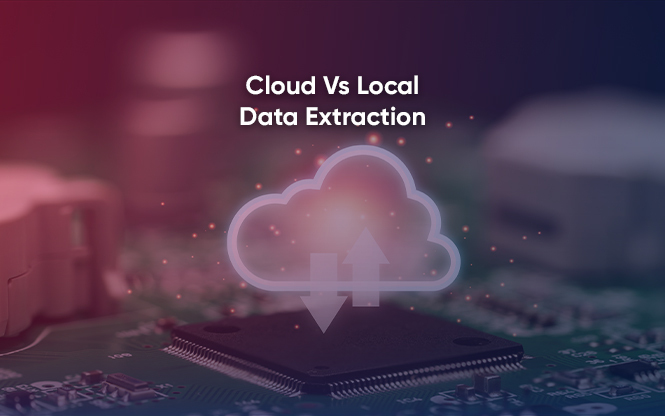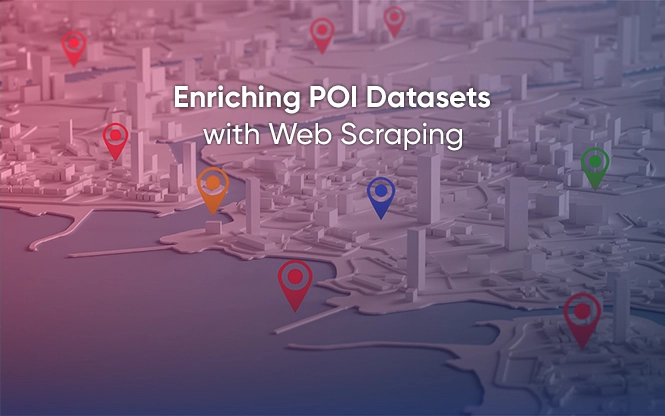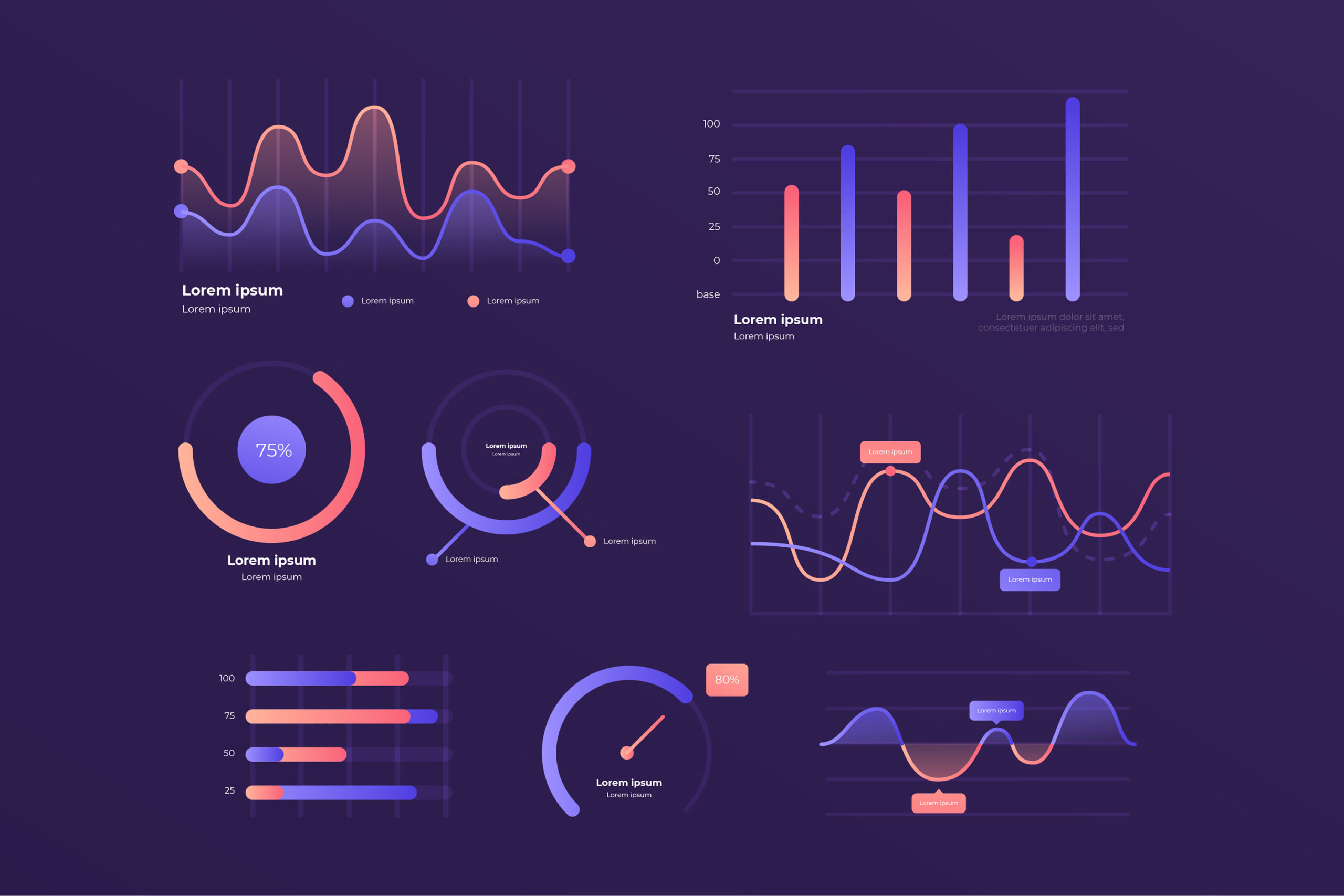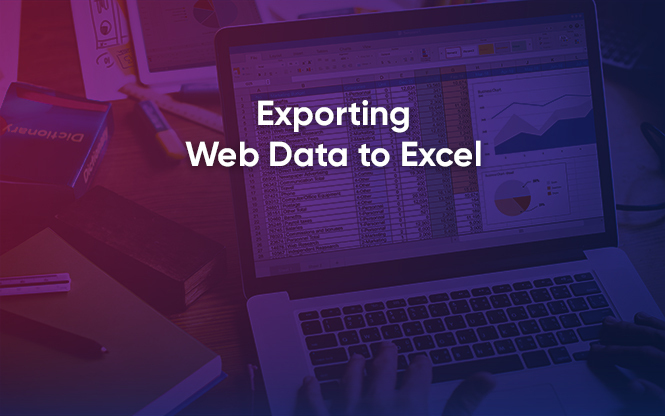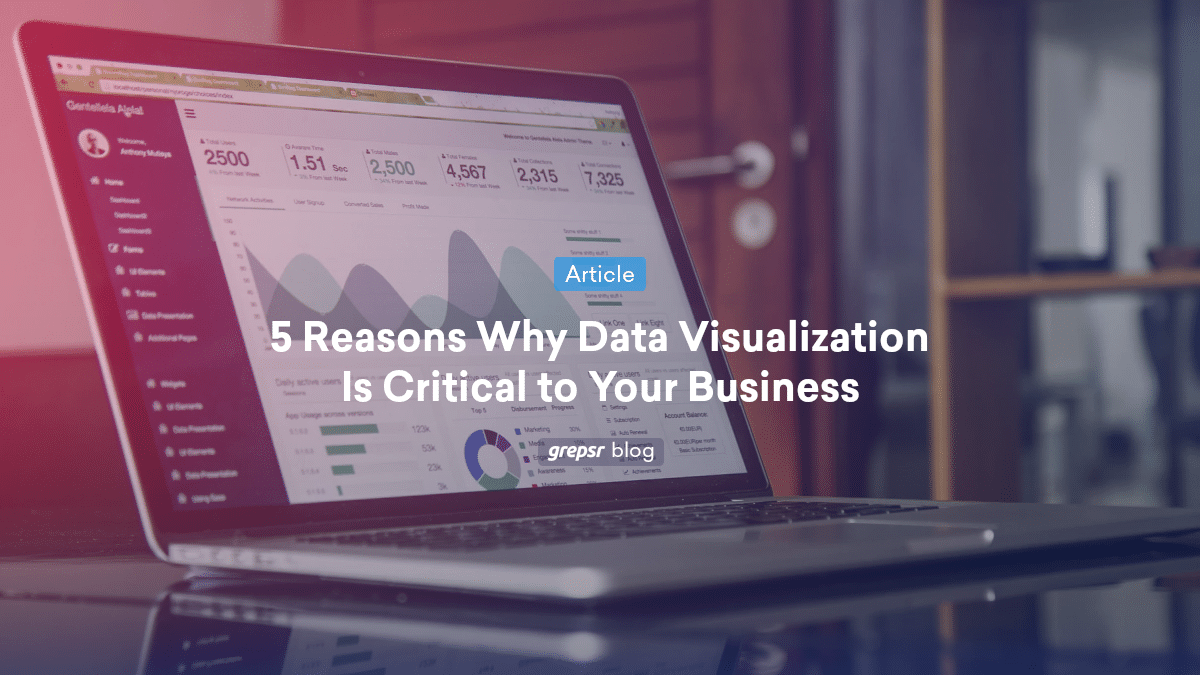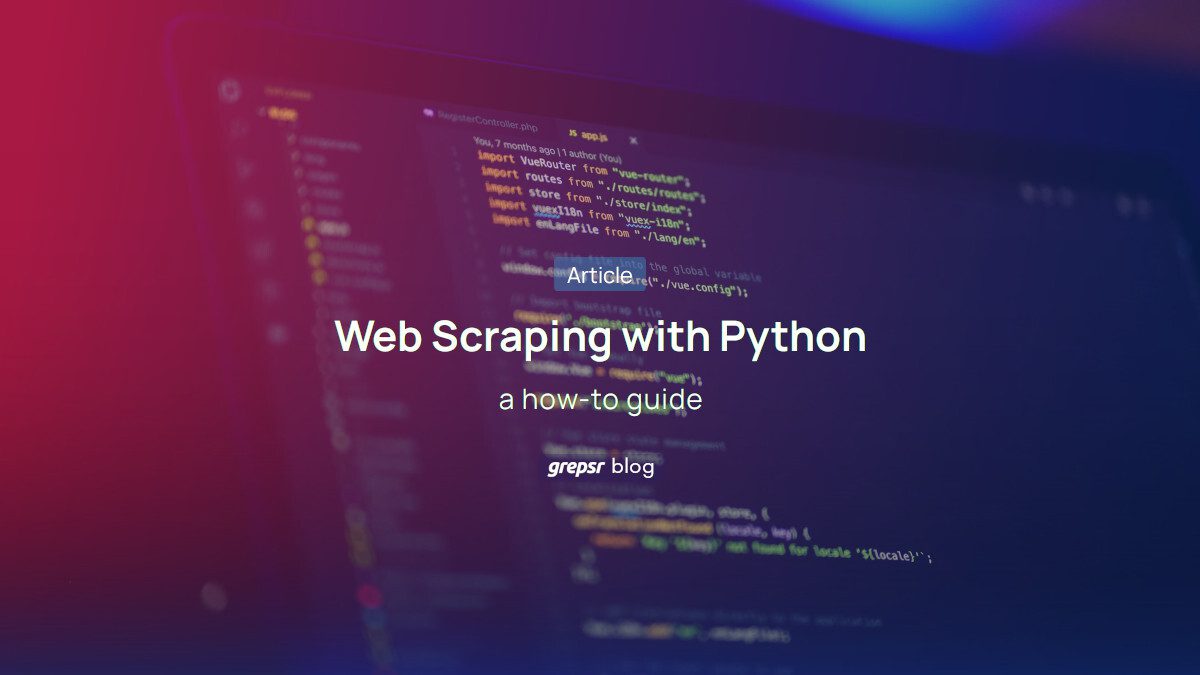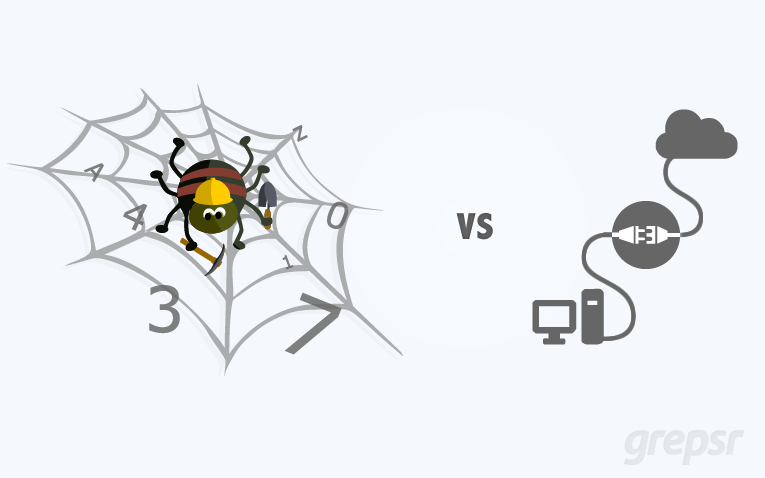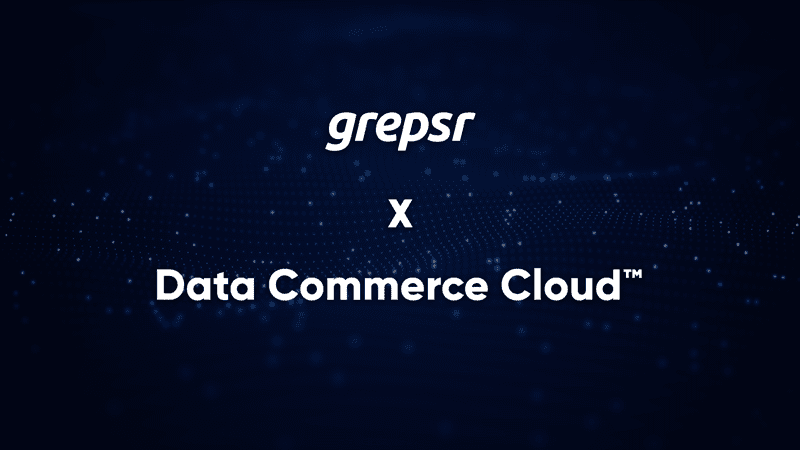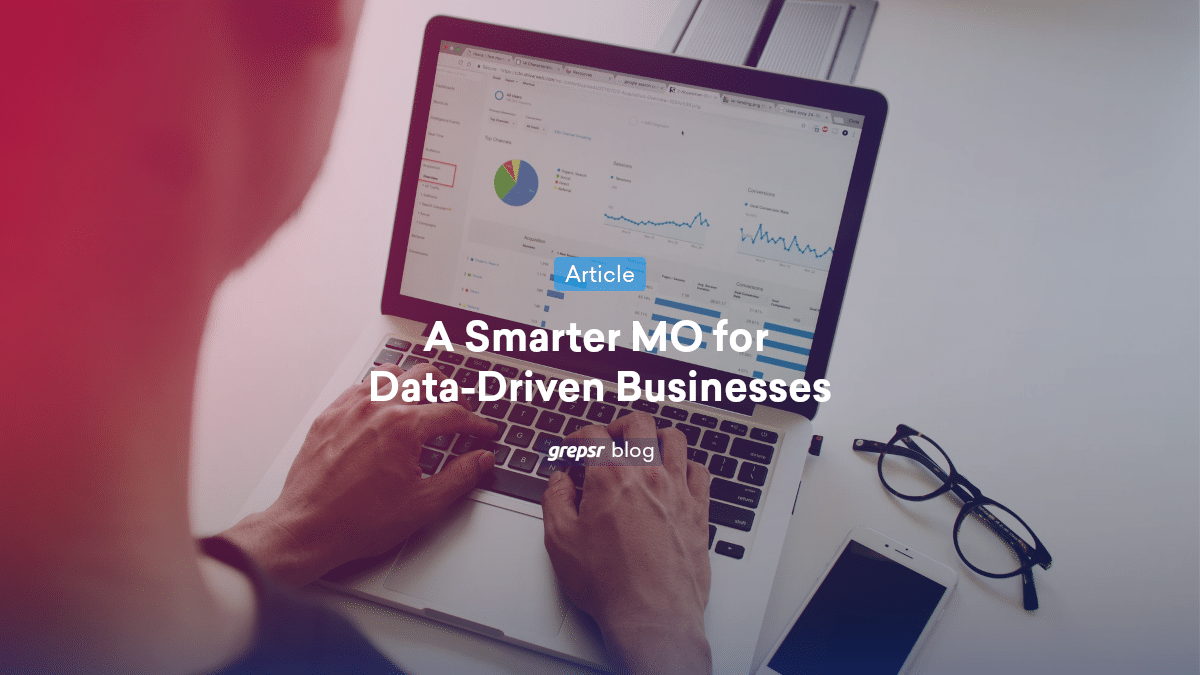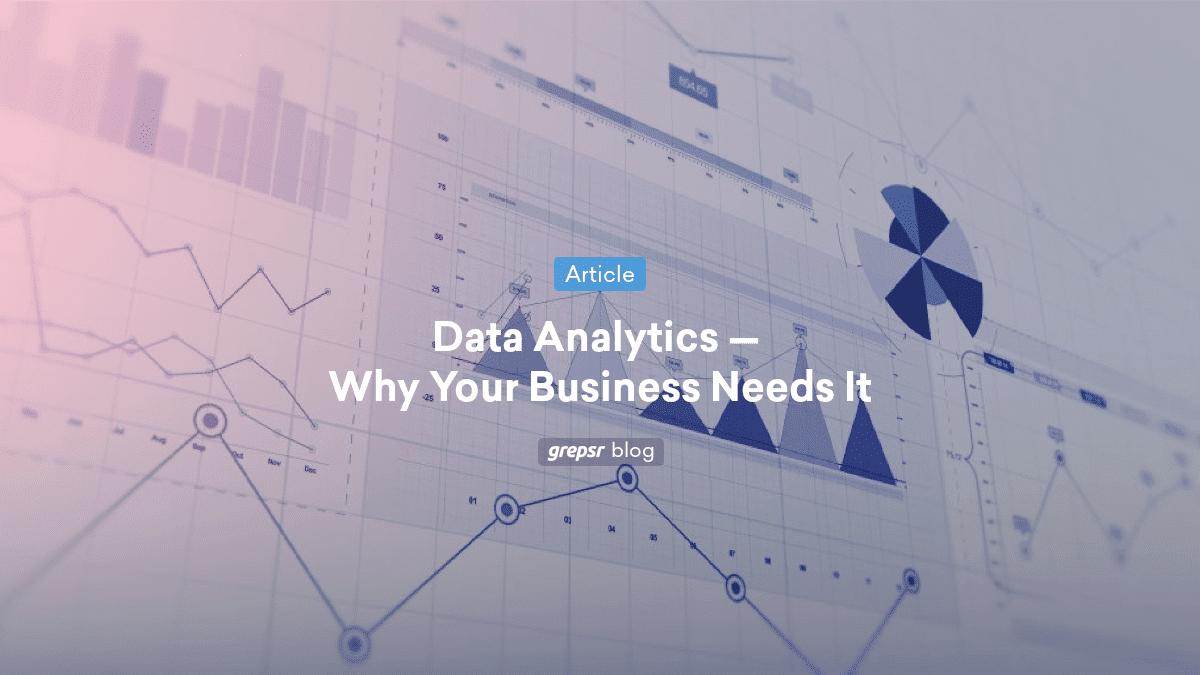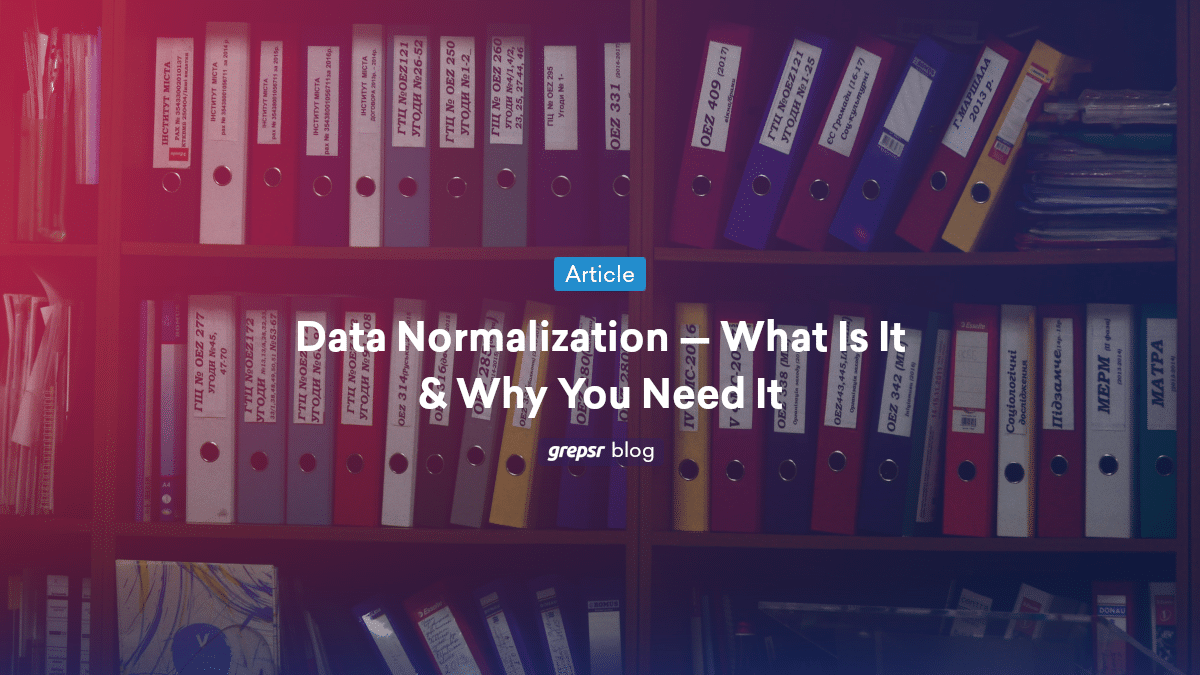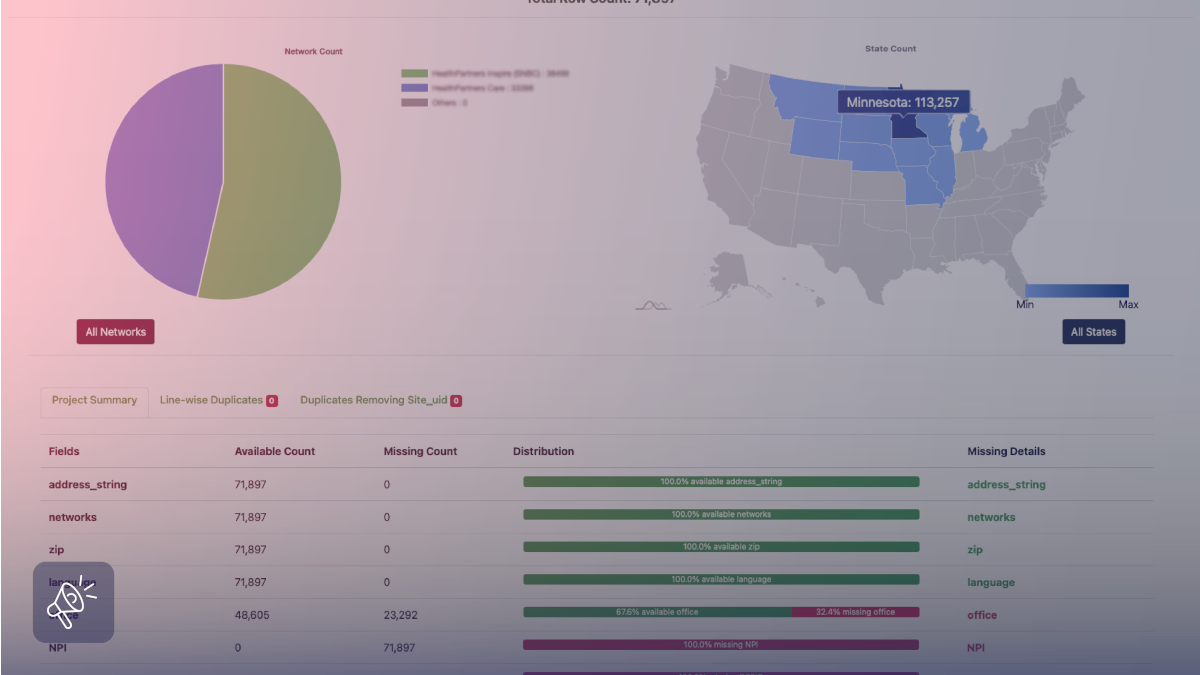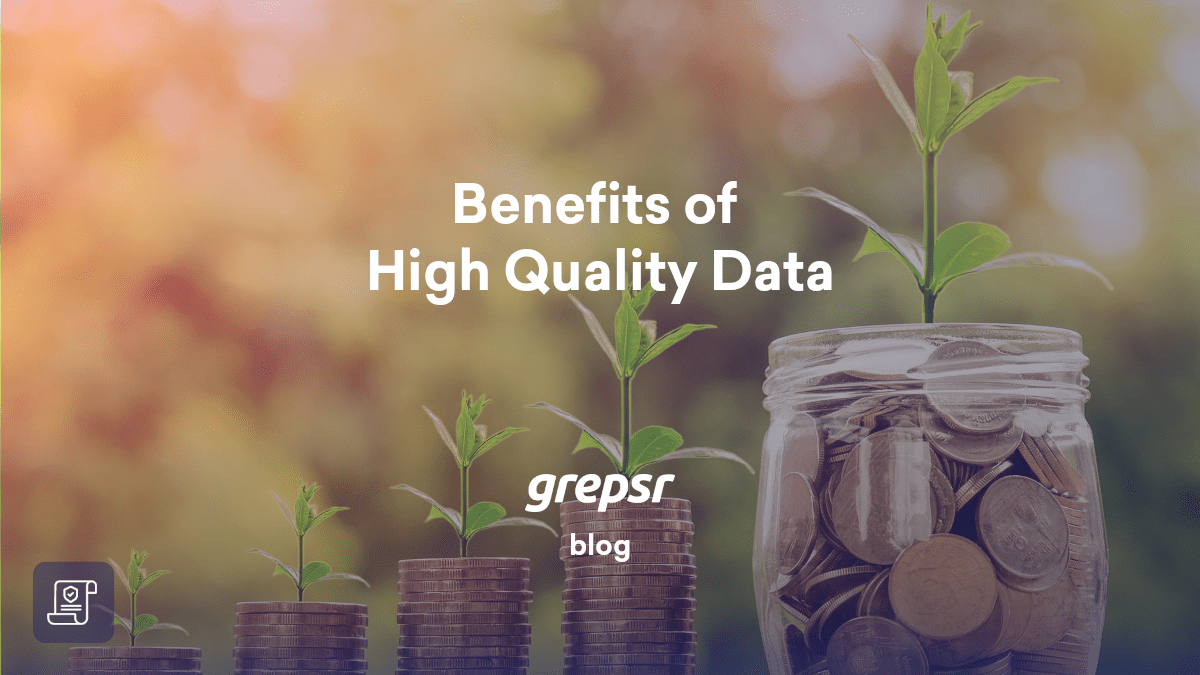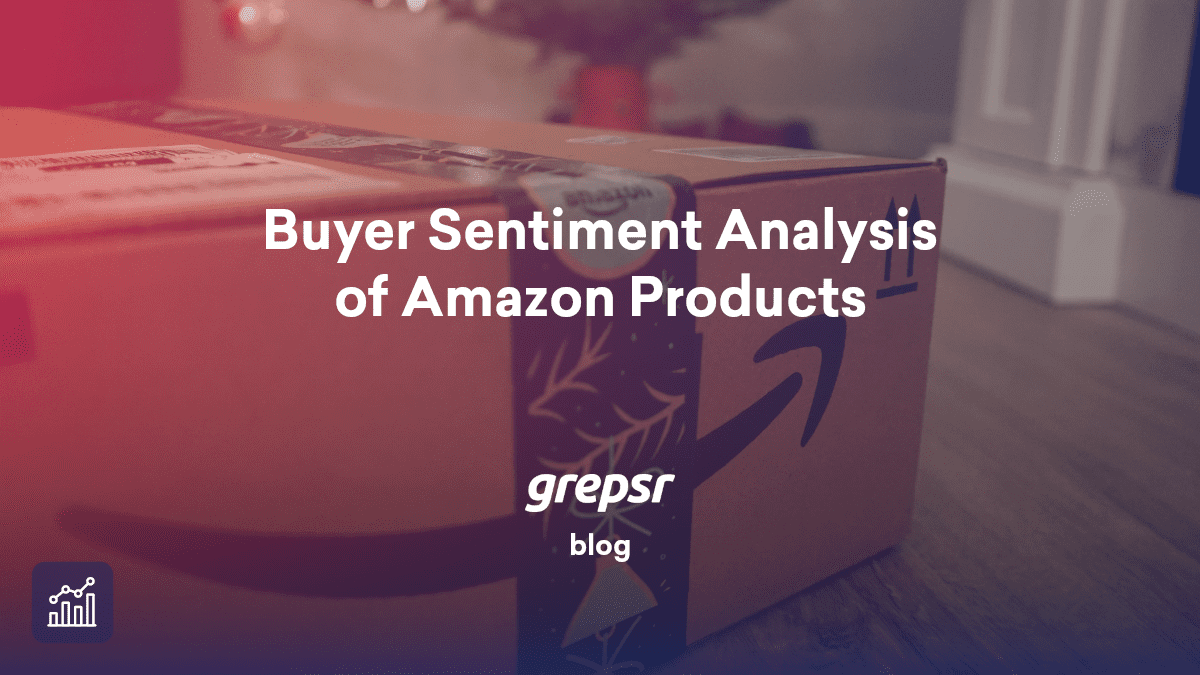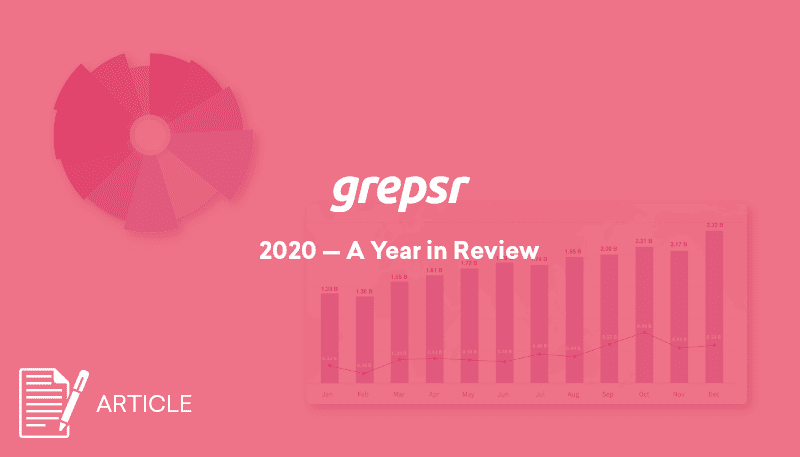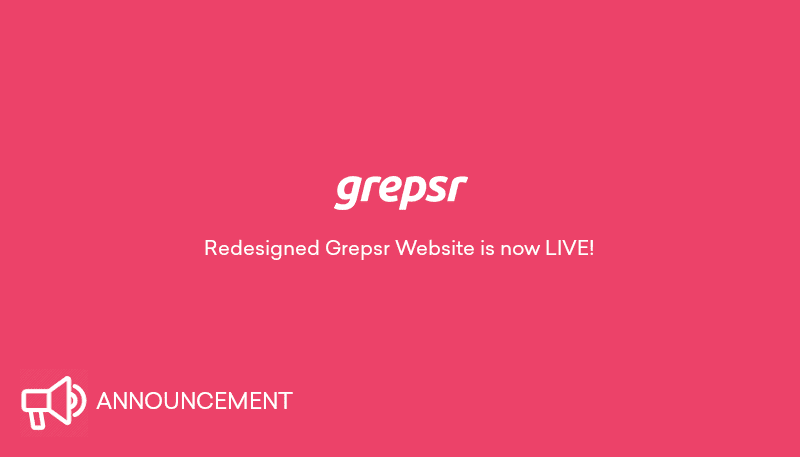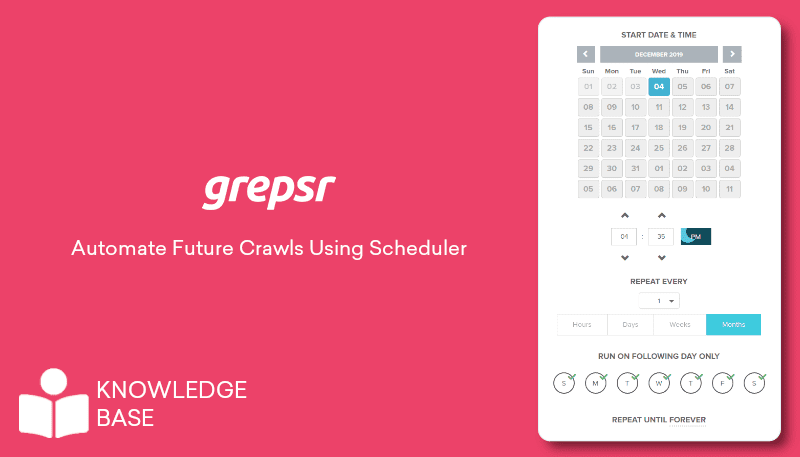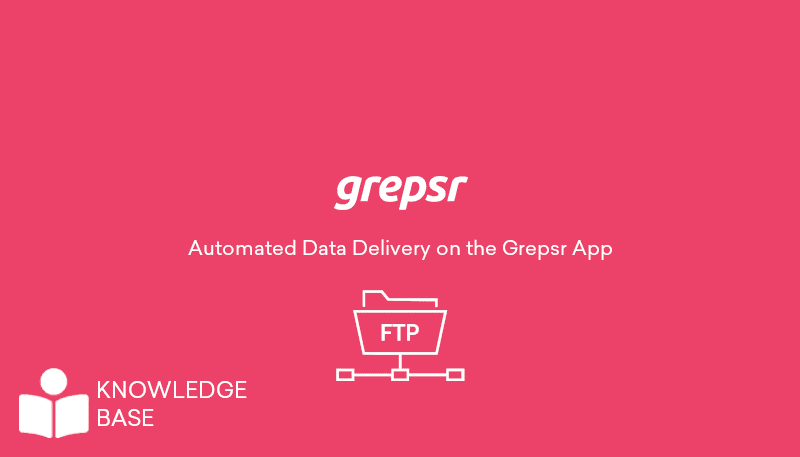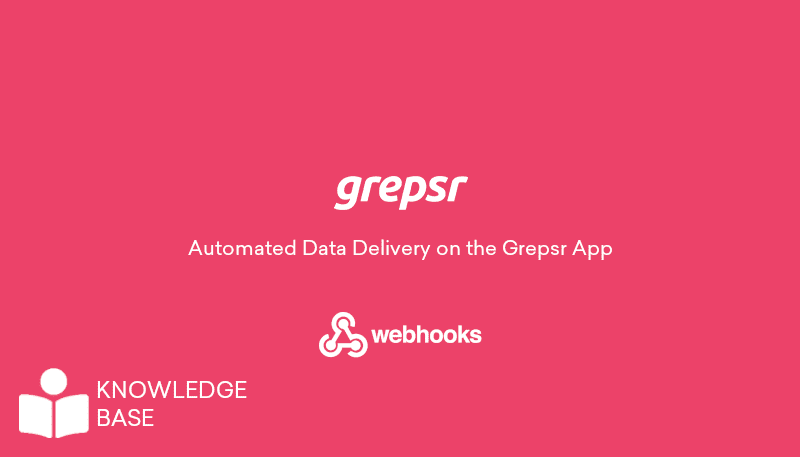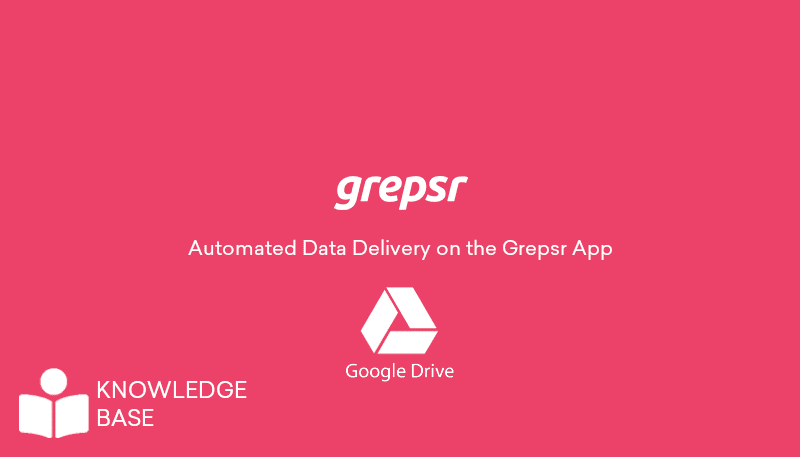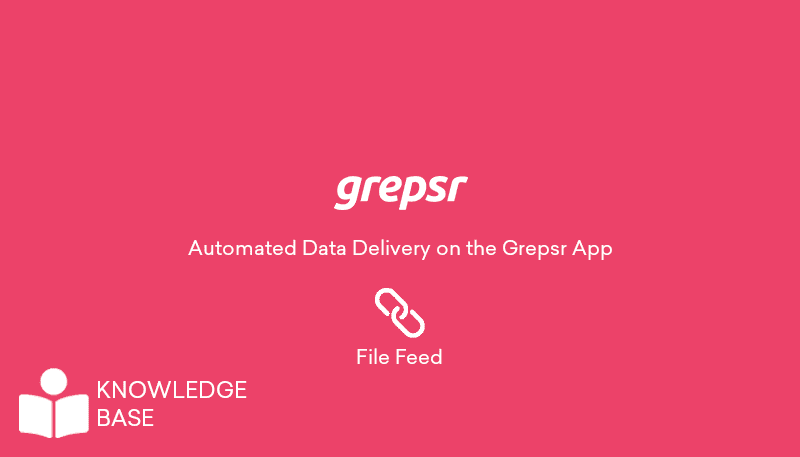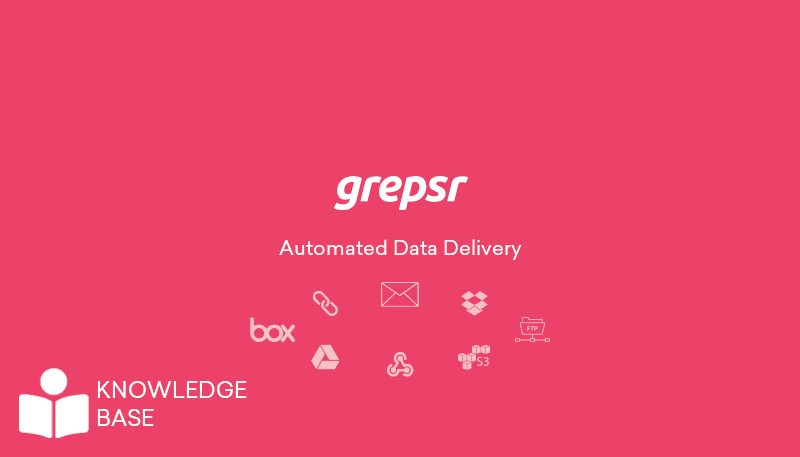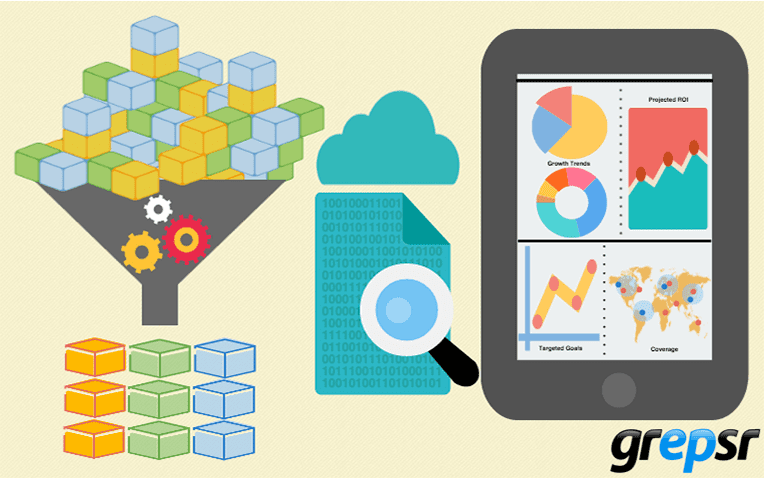
What if you could tell exactly what your customers think before they even tell you? That’s what sentiment analysis does.
These days, opinions flood social media, review sites, and forums at crazy speeds. But how do you make sense of it all?
You can’t manually work your way through millions of tweets, comments, and reviews; that’s why you need AI and web scraping.
Web scraping extracts raw, unfiltered consumer sentiment at scale, while AI-driven sentiment analysis helps businesses track brand perception, spot trends, and even predict PR disasters.
Let’s learn all about how web scraping fuels sentiment analysis. But first…
What is Sentiment Analysis and Why Does It Matter?
Sentiment analysis figures out whether a piece of text expresses a positive, negative, or neutral sentiment. It is how brands read people’s minds.
Modern sentiment analysis models use deep learning and transformer-based architectures (like BERT or GPT) to understand context, sarcasm, and even mixed sentiments.
For example, the phrase “The camera quality is amazing, but the battery life is terrible” expresses both positive and negative sentiments within the same sentence.
A good sentiment analysis model will detect these nuances rather than slapping a simple positive or negative label on the whole text.
Why does sentiment analysis matter for businesses?
Because consumer opinion rules everything.
You can use sentiment analysis to track brand perception over time, measure the success of marketing campaigns, and predict potential PR disasters before they explode on Twitter (or X).
For instance, if customers suddenly start complaining about a software update on Reddit, you can take immediate action before bad reviews tank their app store rating.
Market researchers also rely on sentiment analysis for competitor benchmarking. Say you’re launching a new product. Analyzing thousands of reviews for your competitors will tell you what customers love and hate. This data will help you position your product in a more appealing light.
Why Web Scraping Is The Best Way To Conduct Sentiment Analysis
Sentiment models need vast amounts of text data to function effectively.
Collecting all this data by yourself would be obnoxiously difficult.
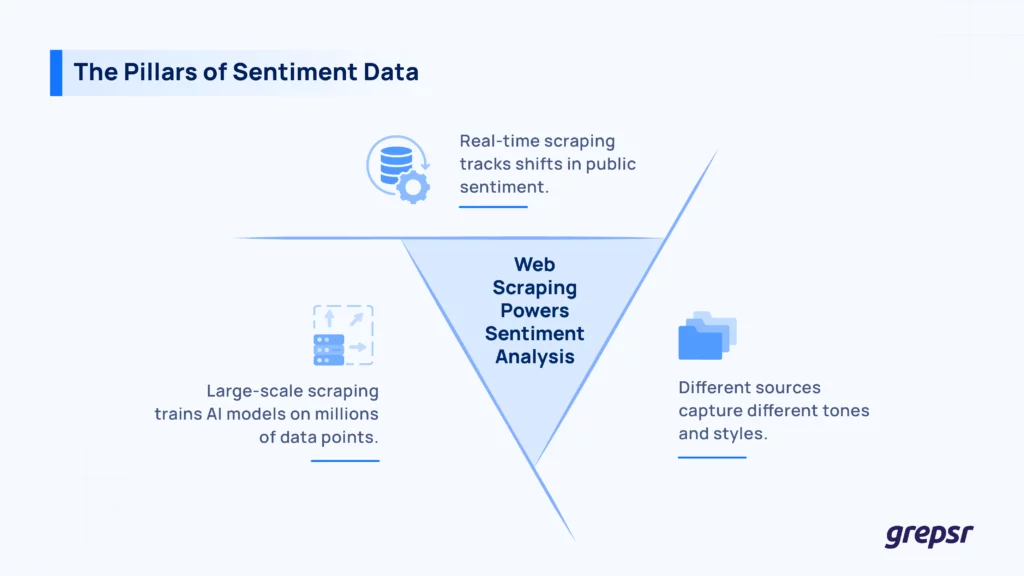
Web scraping automates the extraction of sentiment-rich data at scale and brings you a steady pipeline of fresh insights.
Web scraping also delivers on all three pillars a sentiment detection system needs from its data sources: volume, variety, and velocity.
- Volume: Large-scale scraping helps train AI models like SentiBERT on millions of data points rather than anecdotal samples. The more data, the better the accuracy.
- Variety: Sentiment varies by platform. A product review on Amazon is structured differently from a sarcastic tweet. Web scraping pulls from different sources to capture different tones, formats, and linguistic styles.
- Velocity: Sentiment shifts quickly. Scraping real-time social media feeds lets you track changes in opinion as they happen.
Of course, scraping isn’t as simple as launching a bot at a website and grabbing everything. Many sites have anti-scraping measures like CAPTCHA tests, rate limits, and bot detection algorithms.
There’s also the data cleaning problem; not every scraped comment is useful. A raw dataset, without preprocessing, will contain spam, irrelevant content, and duplicate entries.
This is why clever businesses use web scraping services like Grepsr instead of handling it in-house.
Grepsr handles the dirty work, handling anti-scraping protections (ethically and legally), structuring the data, and delivering it in clean, organized formats. That way, you don’t have to waste time dealing with messy raw data.
How To Get Sentiment-Rich Data Via Web Scraping?
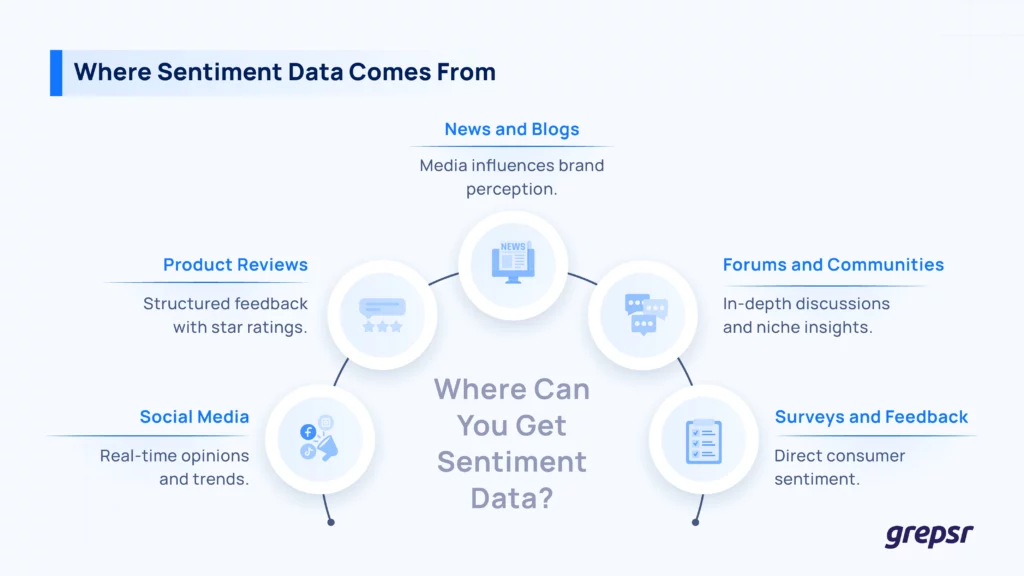
Sentiment-rich data is everywhere, from a frustrated Yelp review to an ecstatic tweet about a new gadget.
Here’s where you should be looking when scraping data for sentiment analysis:
Social media
Social media is the best source for real-time sentiment tracking. People vent, praise, and share what they think about brands, products, and services every second.
Twitter (or X) is great because of its short, opinion-packed posts. Reddit also stores long-form discussions for even more granular consumer insights.

A reviewer shares his experiences with Nike and Asics shoes on X. Such data can prove helpful for sentiment analysis. Via: X
Product and service review sites
Review platforms like Yelp, G2, and TrustPilot are your best bet if you want structured sentiment data. Customers explicitly rate products or services and share their personal opinions.

Scraping data from sites like Yelp would give you an unfiltered opinion of a service Via Yelp
Unlike social media, where sentiments are often ambiguous, a 1-star Amazon review saying “worst product ever” is clear-cut.
News and blogs
Sentiment is not just individual customer opinions; it also includes how media outlets shape public perception. News sites and industry blogs reveal how a brand or product is being covered in the press.
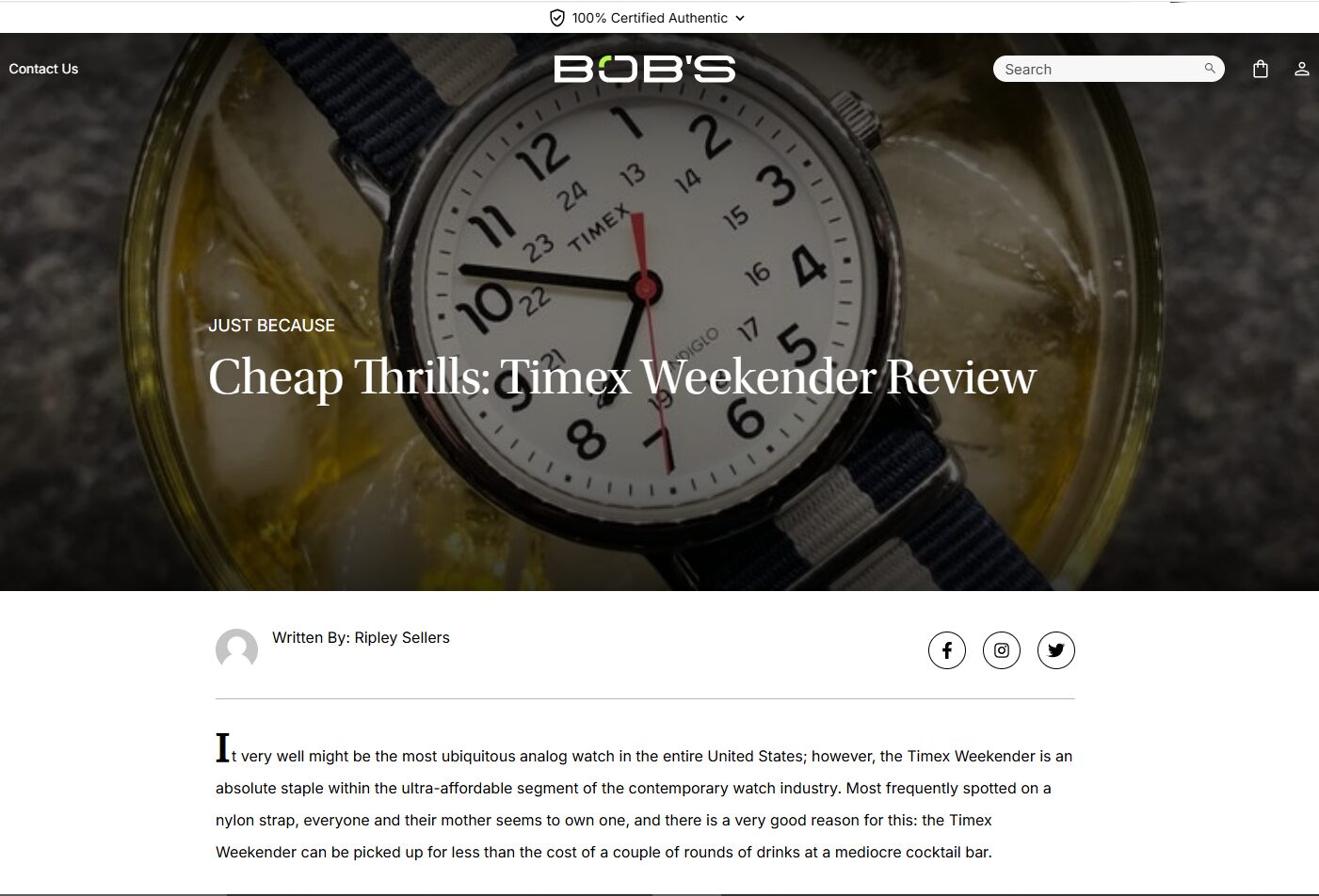
A personal watch review site that makes watch recommendations to enthusiasts Via Bobswatches
However, opinionated blogs introduce a bias that needs to be accounted for.
Forums and community platforms
While social media will bring you quick takes, forums hide the real discussions.
An investor analyzing stock market sentiment would scrape r/WallStreetBets to know how traders feel about a particular stock. A SaaS company would scrape discussions on G2 or Glassdoor.

Review aggregator sites like G2 are excellent sources to extract sentiment about a particular product Via G2
Survey and feedback platforms
Or you can go straight to the source and collect sentiment data via surveys or NPS or Net Promoter Score programs.

Tools like Zoho Survey let you easily create and publish surveys to gather clean consumer sentiment Via Zoho
Scraping publicly available survey results would supplement internal feedback data and give you a better idea of industry trends.
Ok, now what do you do with this data?
How Do You Turn Scraped Data into Market Insights?

Collecting sentiment data is one thing, making sense of it is another.
A heap of scraped tweets, reviews, and forum posts won’t translate into business value on its own. Here’s how you get meaning out of the data you collected
1. Classify the sentiment
The first step in processing scraped data is identifying whether the text expresses a positive, negative, or neutral sentiment. AI is critical here as it automates large-scale text classification with high accuracy.
There are two primary approaches:
- Rule-based methods: These rely on sentiment dictionaries (like VADER, SentiWordNet) that assign predefined sentiment scores to words. While good for basic sentiment detection, they often misinterpret sarcasm or industry-specific jargon.
- Machine learning models: Advanced AI models like BERT, RoBERTa, and GPT, analyze entire sentences or paragraphs to capture context and nuance more accurately.
2. Score the intensity of collected sentiment
Not all negative feedback is equally damaging, and not all positive sentiment is equally enthusiastic. Sentiment intensity scoring helps with this dilemma, and AI helps further by refining sentiment scores.
Instead of simple positive/negative labels, models assign numeric scores (usually -1 to +1) that mirror the strength of emotion. This is useful in classifying customer complaints; a minor dissatisfaction (-0.3) can be deprioritized, but a severe issue (-0.9) needs immediate attention.
However, these scores need to be contextually relevant. Again, AI keeps these scores relevant by sorting between mild annoyance and critical frustration.

3. Pick up trends and signals
Sentiment isn’t static; it shifts over time. You need to track longitudinal sentiment trends to spot early warning signs.
AI-powered time series analysis can help you find sentiment fluctuations and predict trends.
You can also double down on new opportunities by reading trends over time. An uncalled-for spike in positive sentiment around a product launch could signal the perfect time to set ablaze your marketing.
Tools like ThoughtSpot can analyze these trends faster and more accurately.
4. Conduct aspect-based sentiment analysis (ABSA)
All customer feedback doesn’t apply to an entire product or service. Often, people love one aspect and hate another.
ABSA tells you exactly what customers feel strongly about.
ABSA breaks down sentiment by product features instead of analyzing overall sentiment. For instance, a hotel might get an overall neutral rating, but ABSA would tell you that guests love the service but hate the WiFi.
You’ll depend on ABSA to refine specific aspects of your offerings instead of making blind changes.
5. Turning sentiment insights into action
Once you have meaningful sentiment insights, the real value comes from applying them. You can use the insights you gather to refine your marketing and messaging, optimize your product features, and improve customer service.
Frankly, there are countless ways you can put sentiment insights to good use for your products or services. For instance, AI-powered recommendation systems like Lexalytics can suggest the best course of action based on historical sentiment patterns.
At the end of the day, sentiment analysis is how you use scattered data to make better decisions. And none of this is possible without accurate, structured web-scraped data, which is where an efficient scraping solution becomes invaluable.
Finally, How To Begin Scraping? Just Reach Out To Grepsr.
Scraping data at scale is hard.
Anti-scraping measures, cleaning raw text, and structuring it for AI models are all time-consuming and technically demanding tasks.
Grepsr takes the pain out of the process and delivers clean, structured sentiment data in Excel or CSV format, ready for analysis.
Instead of wrestling with IP blocks, CAPTCHAs, and unstructured HTML, you get pre-processed, high-quality data from social media, review sites, forums, and more.









